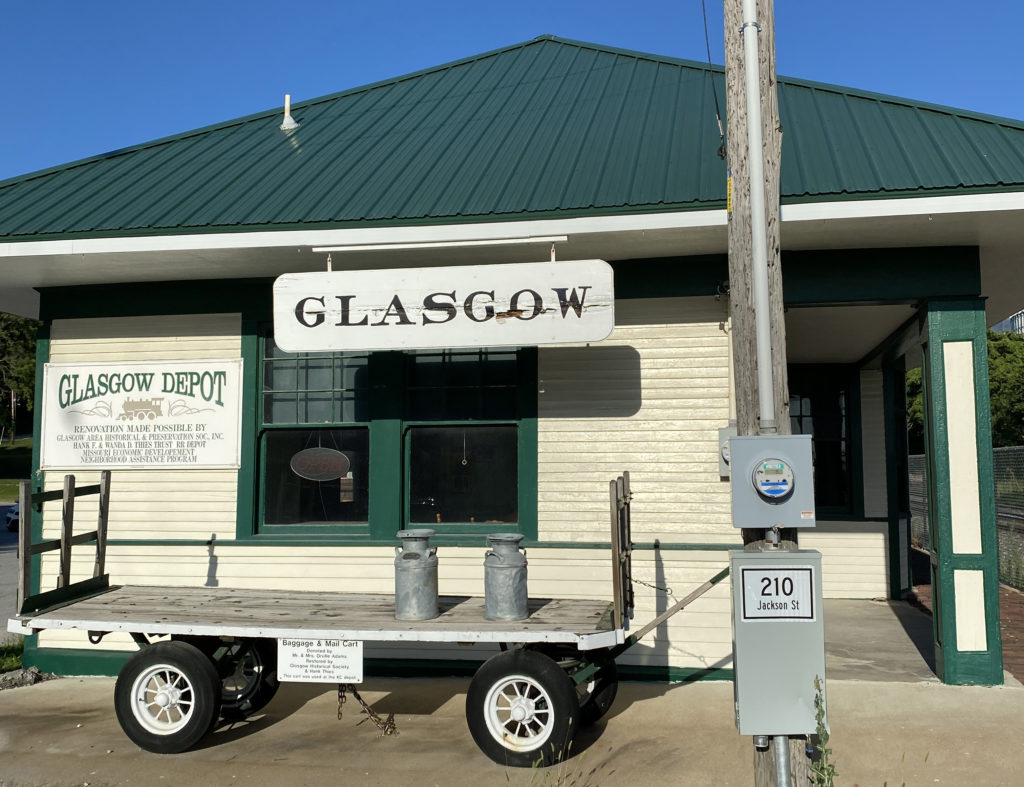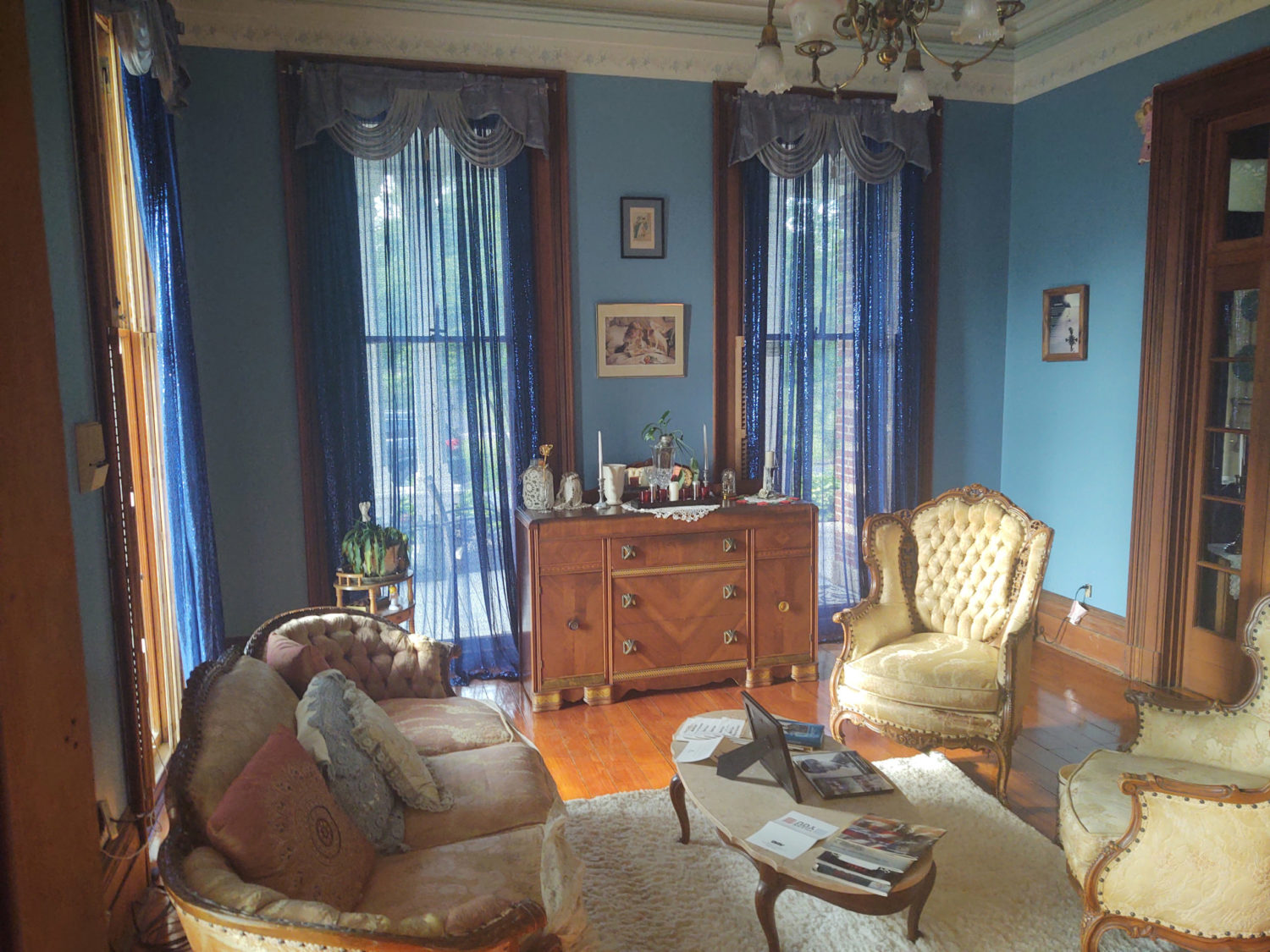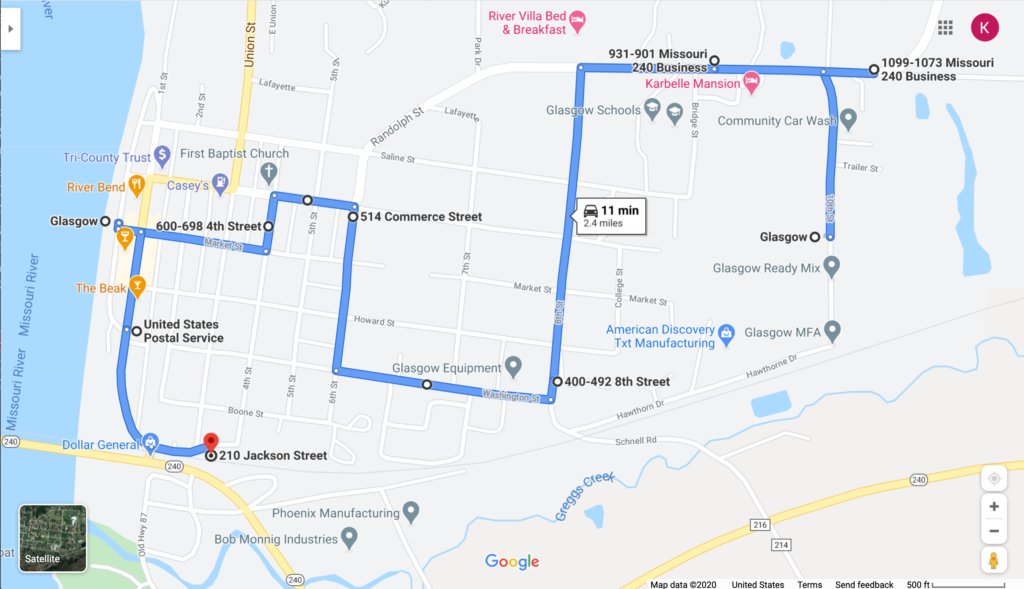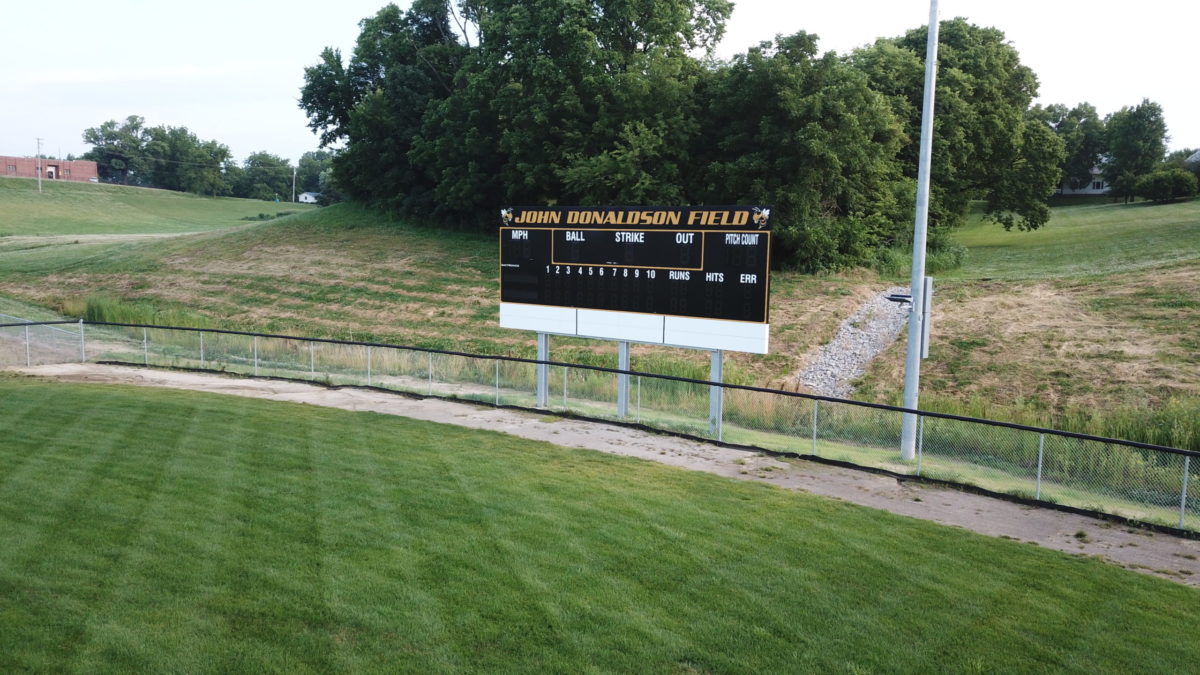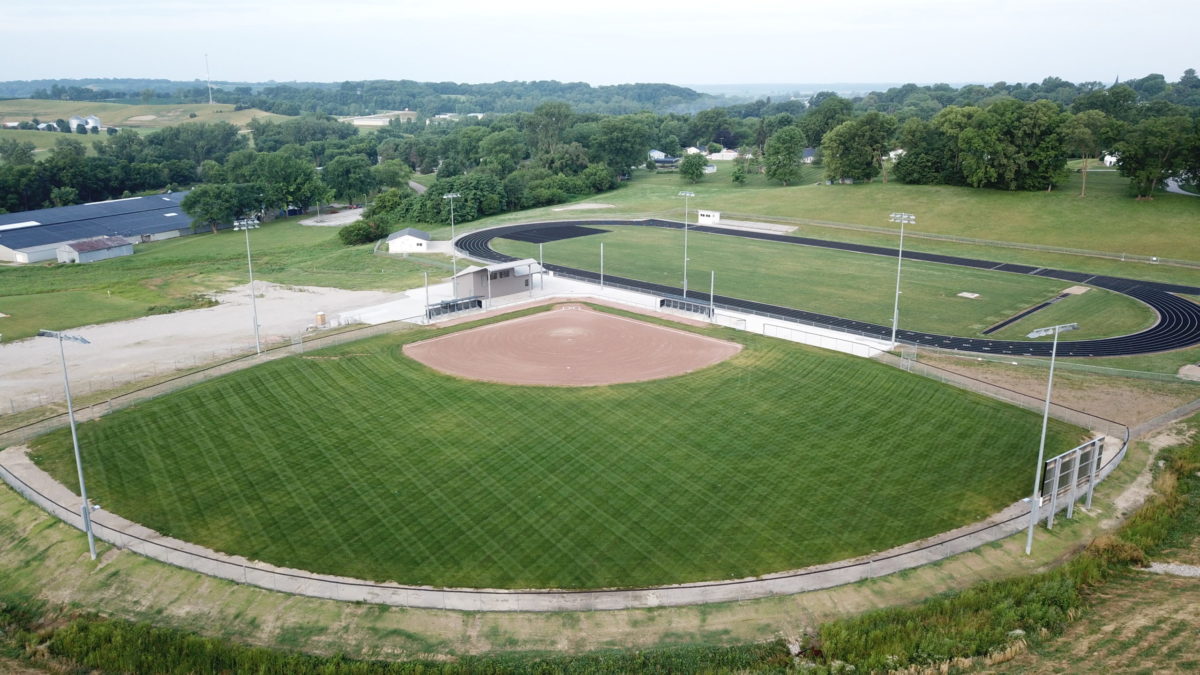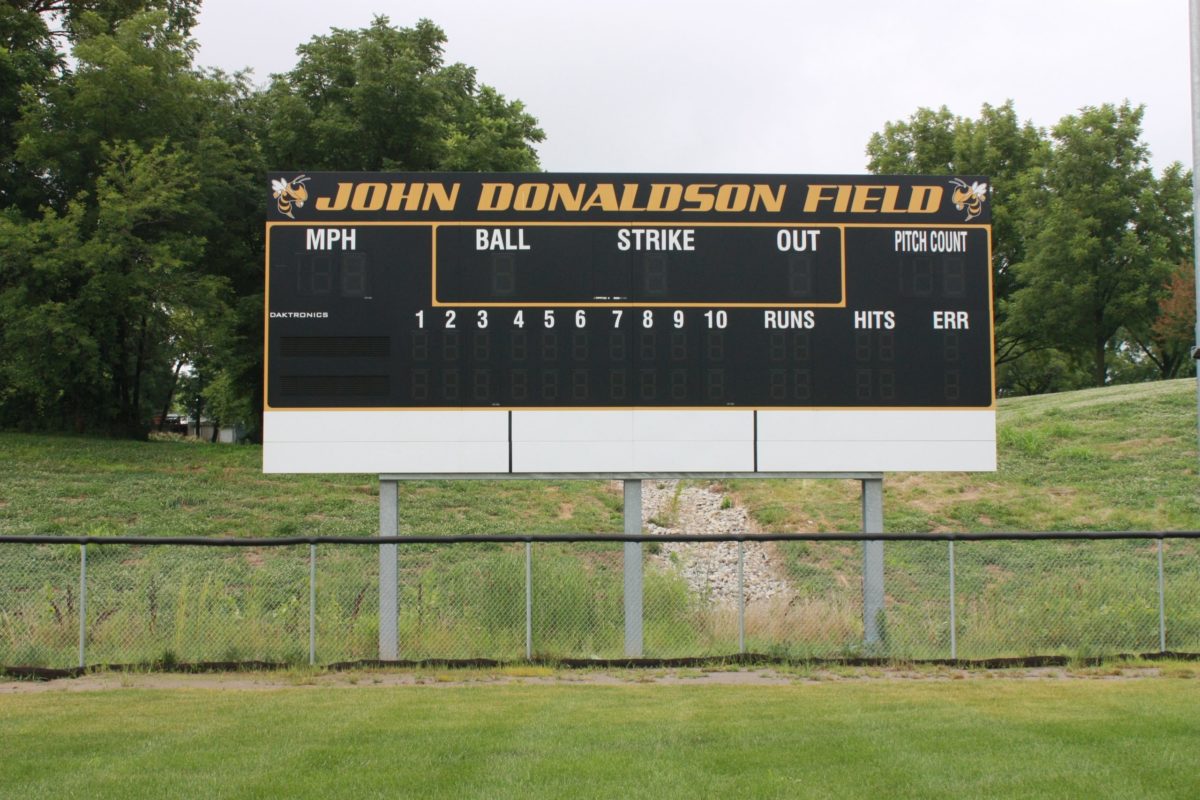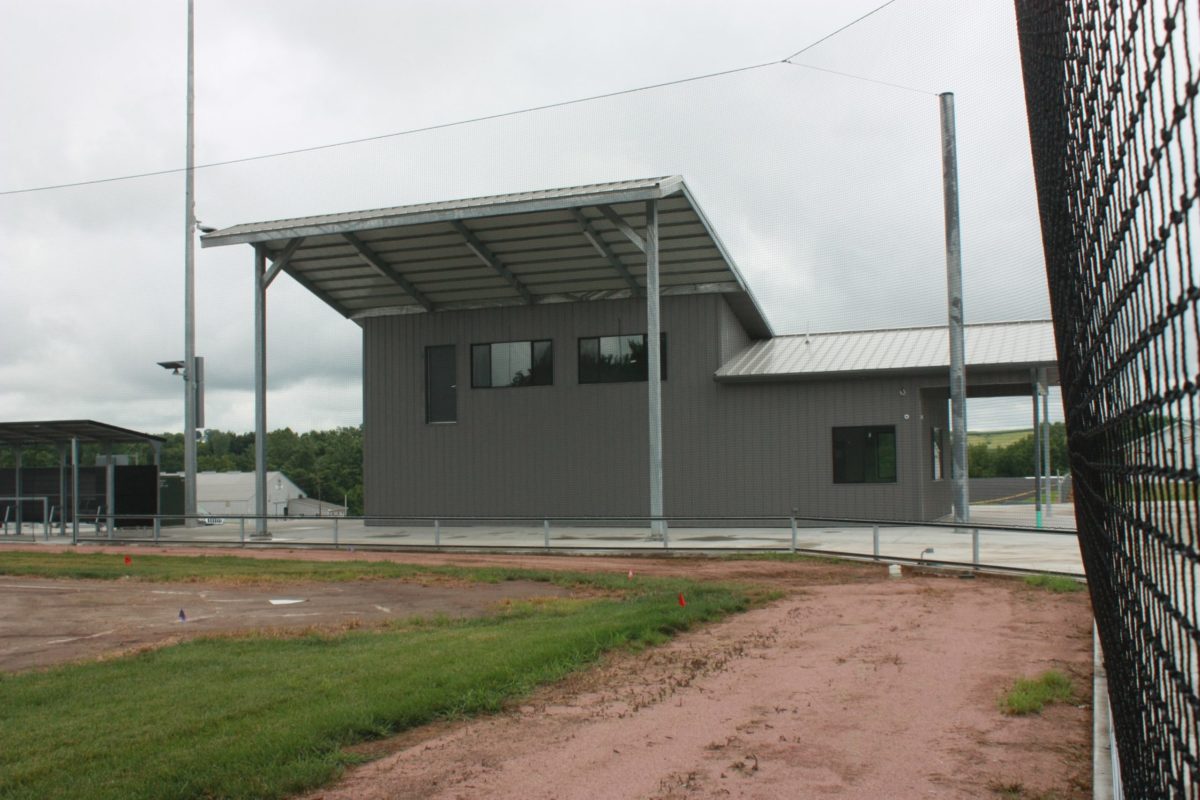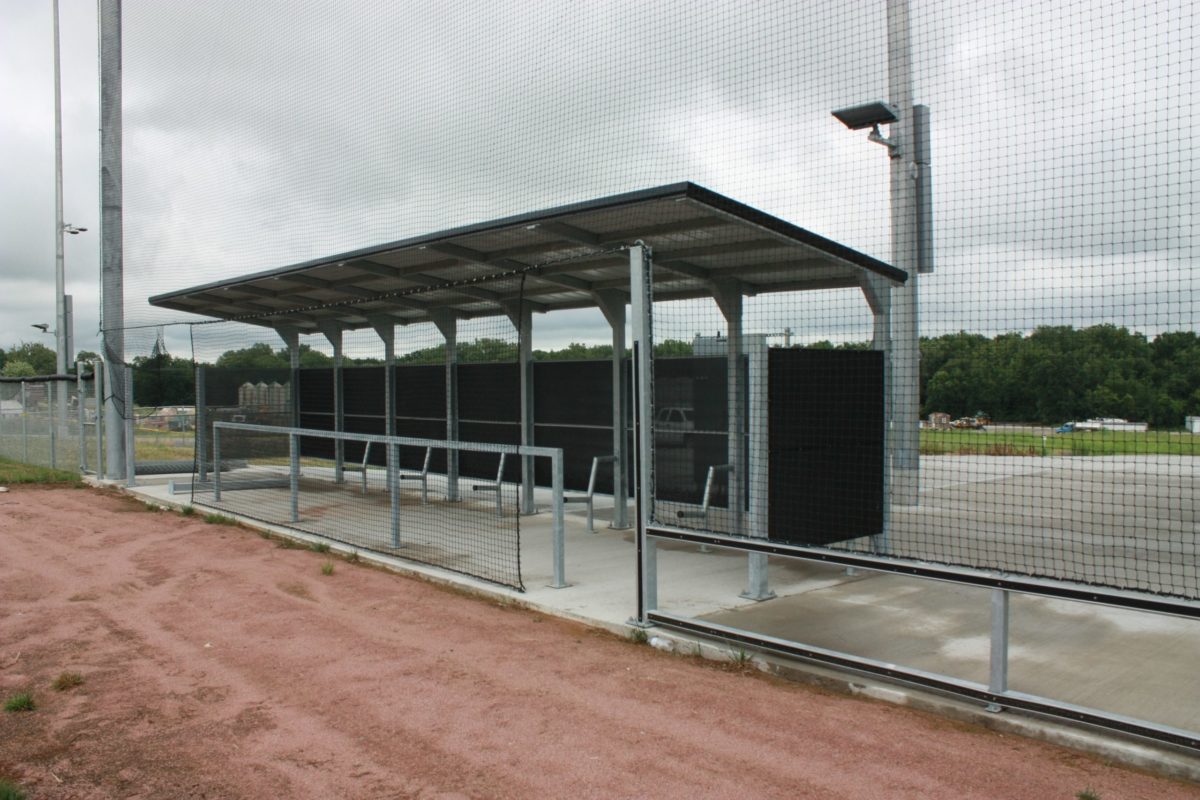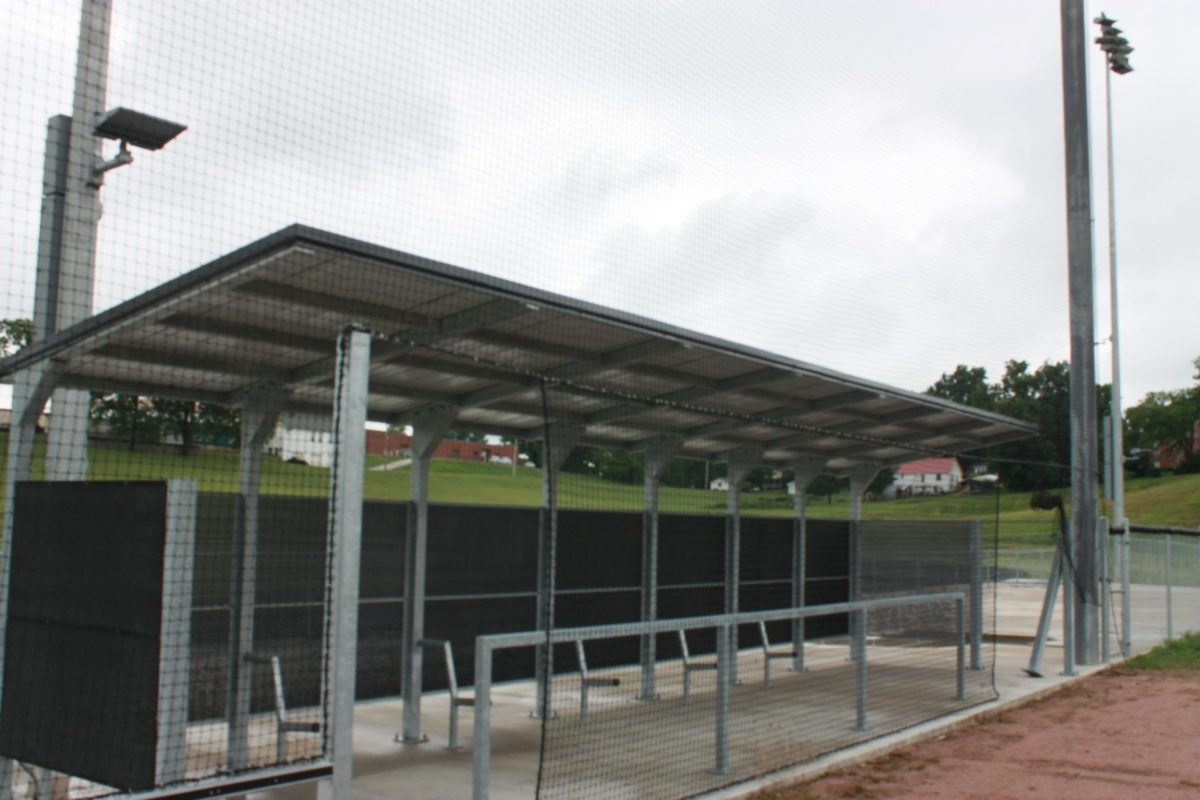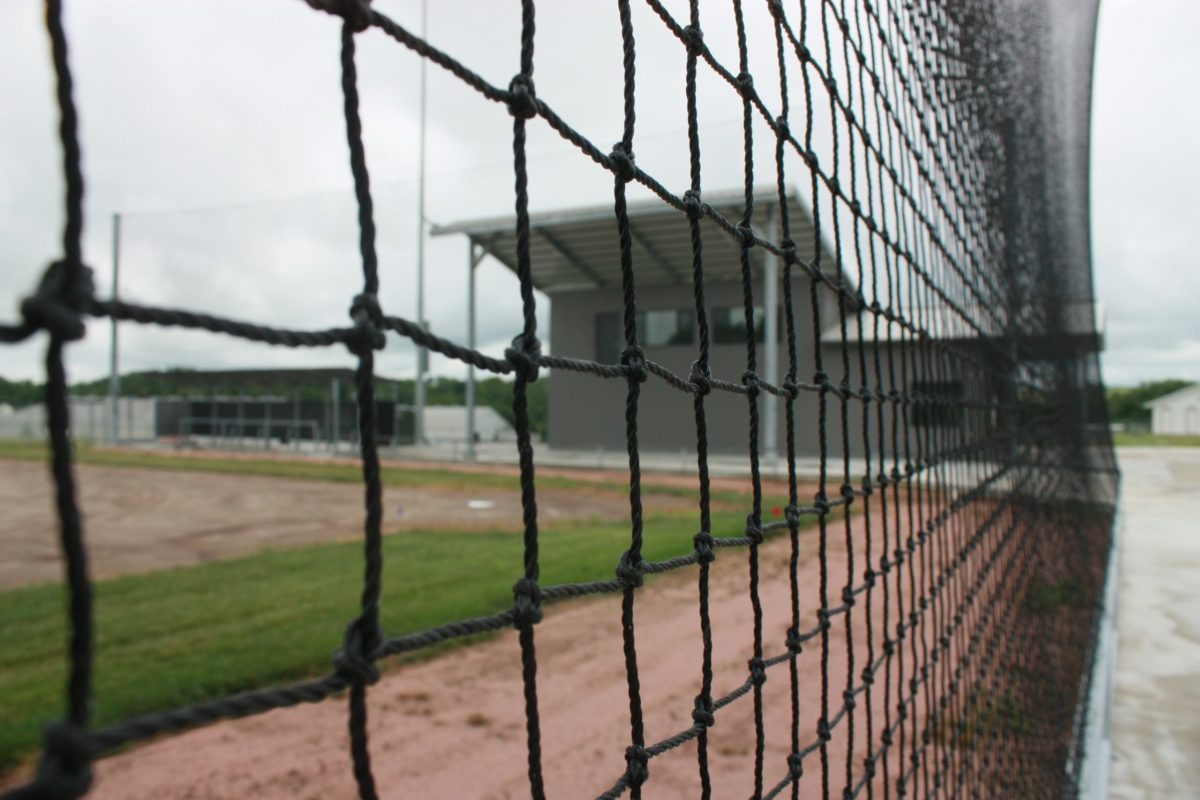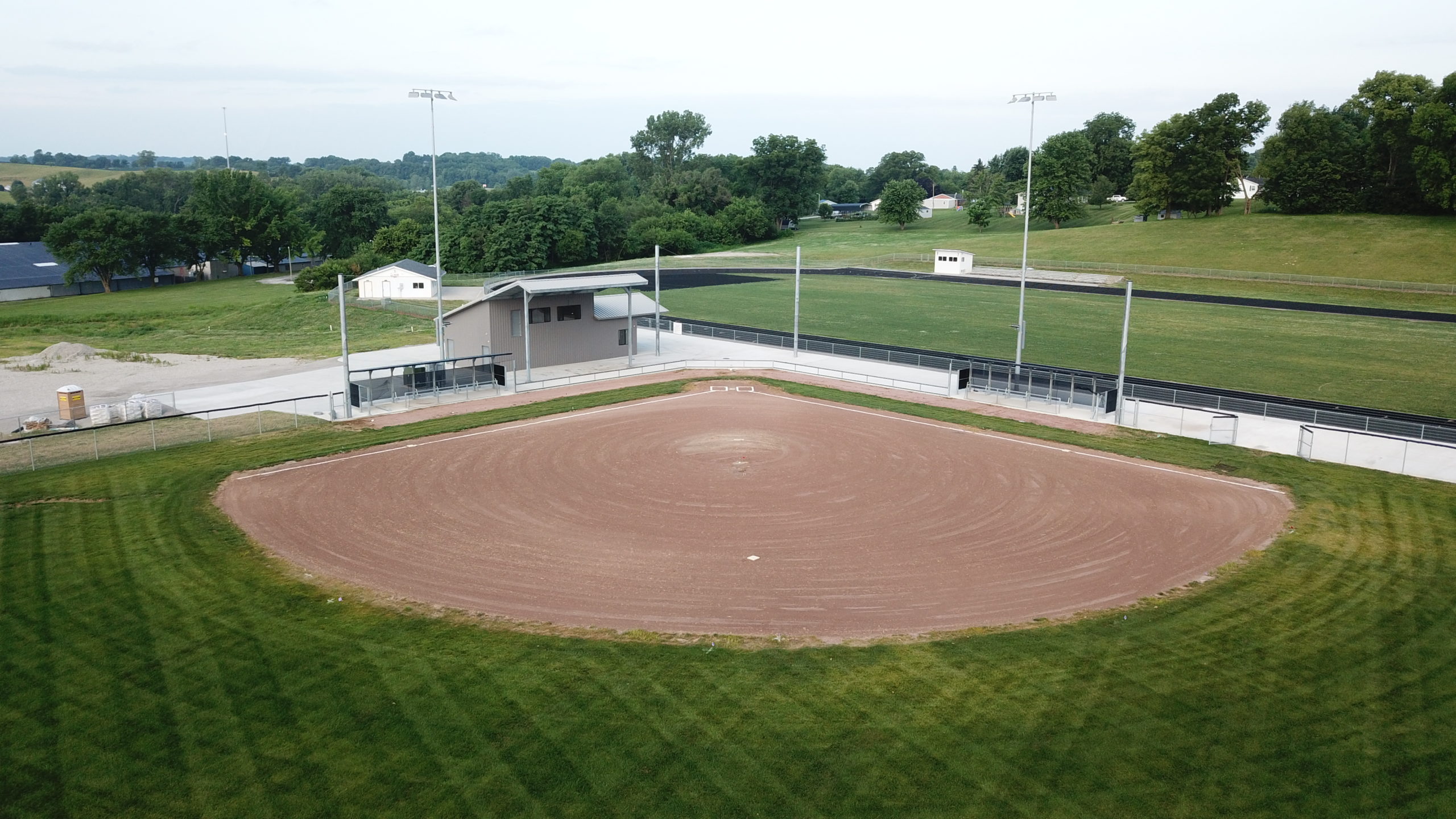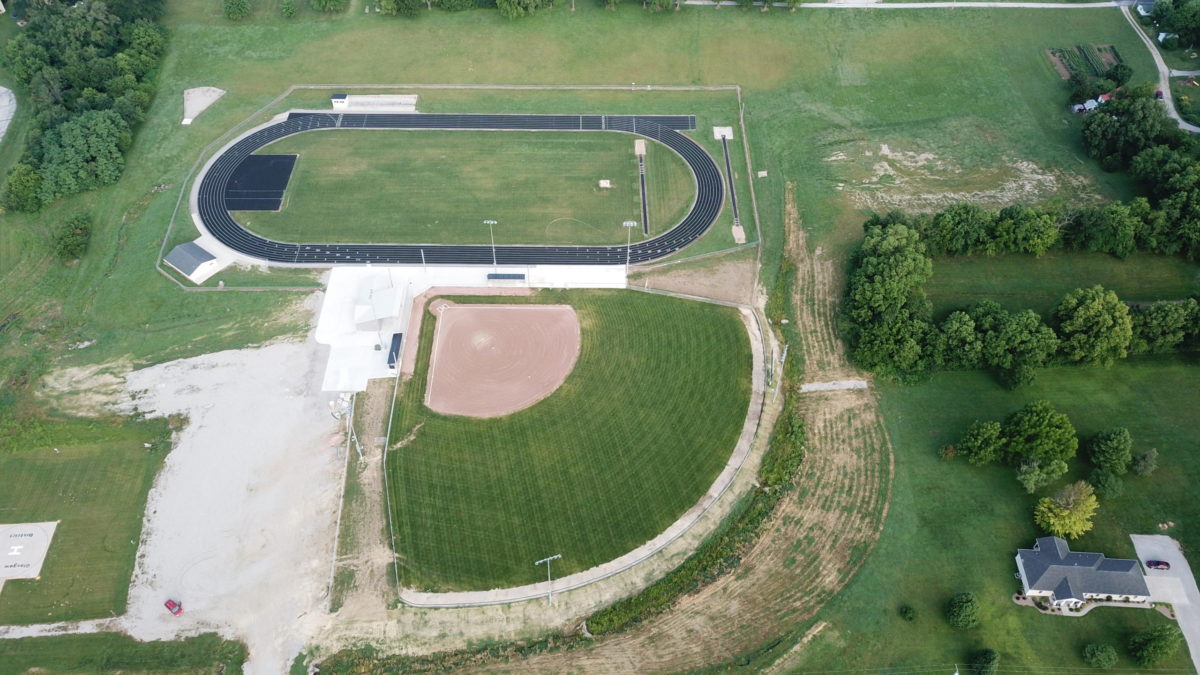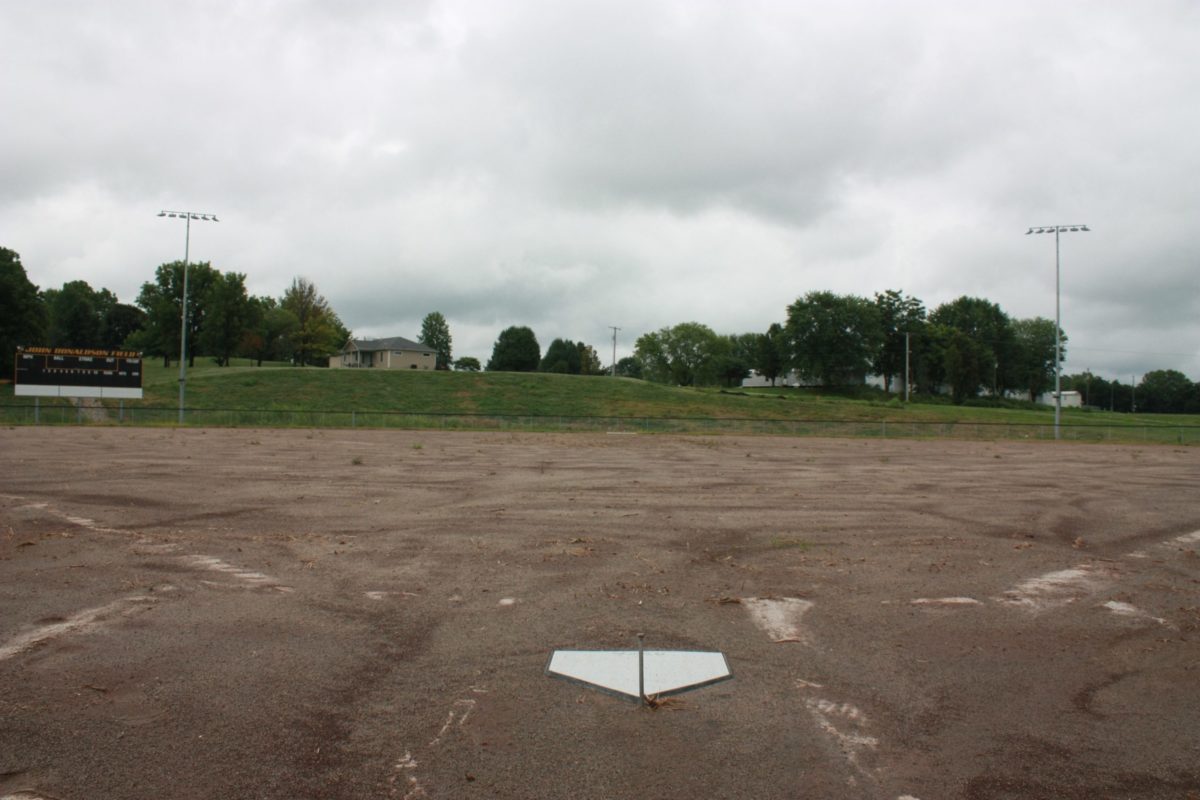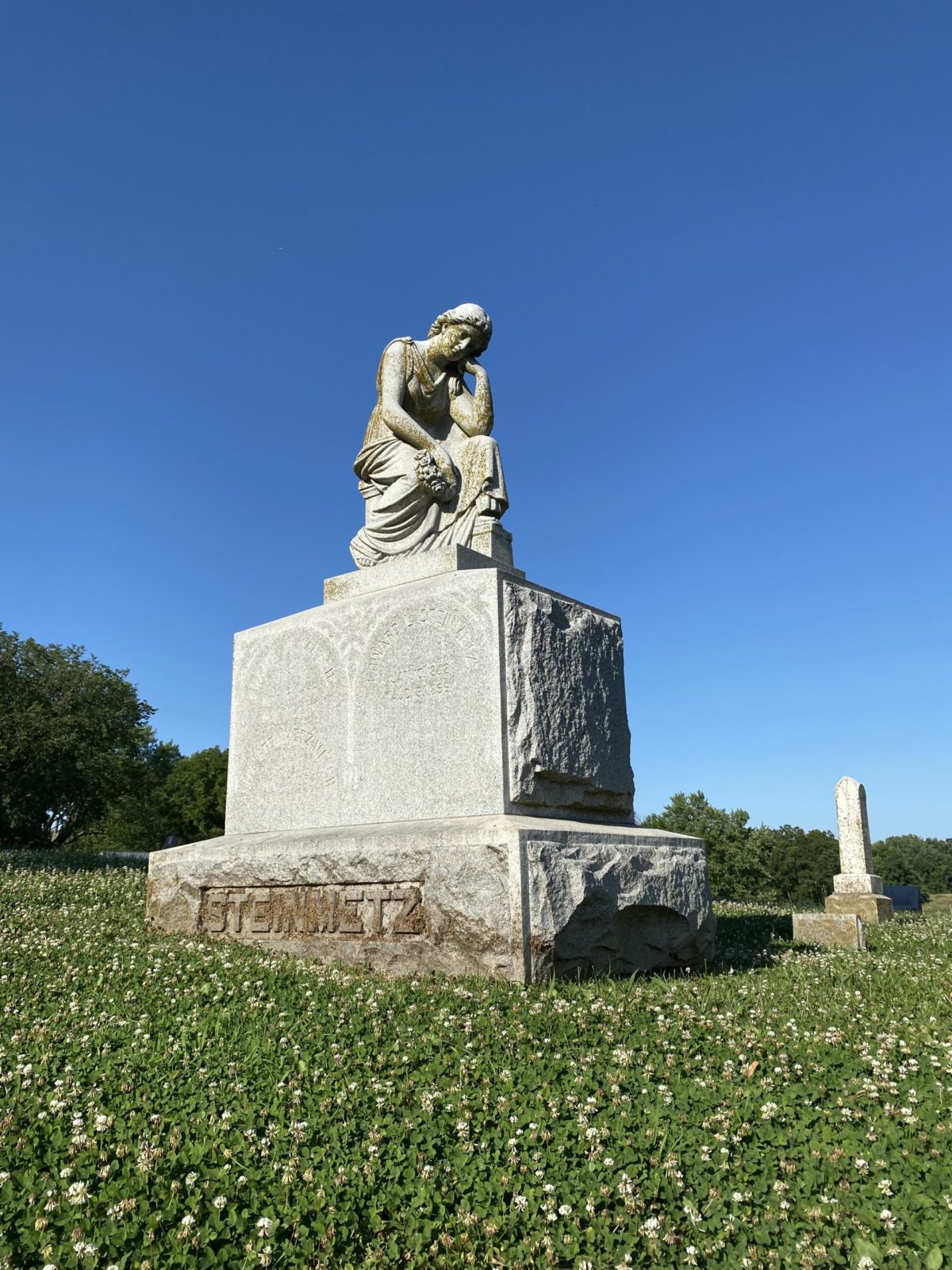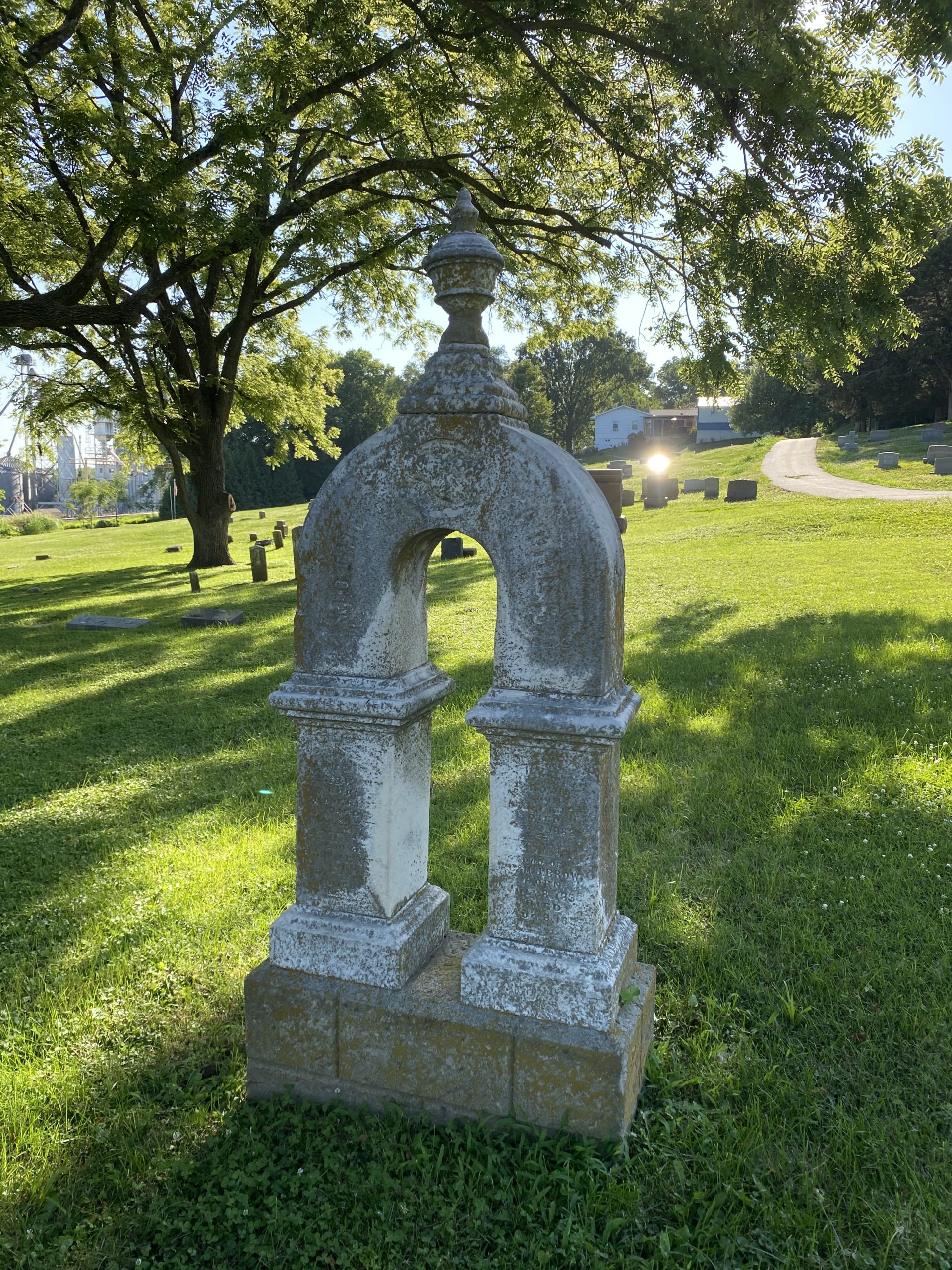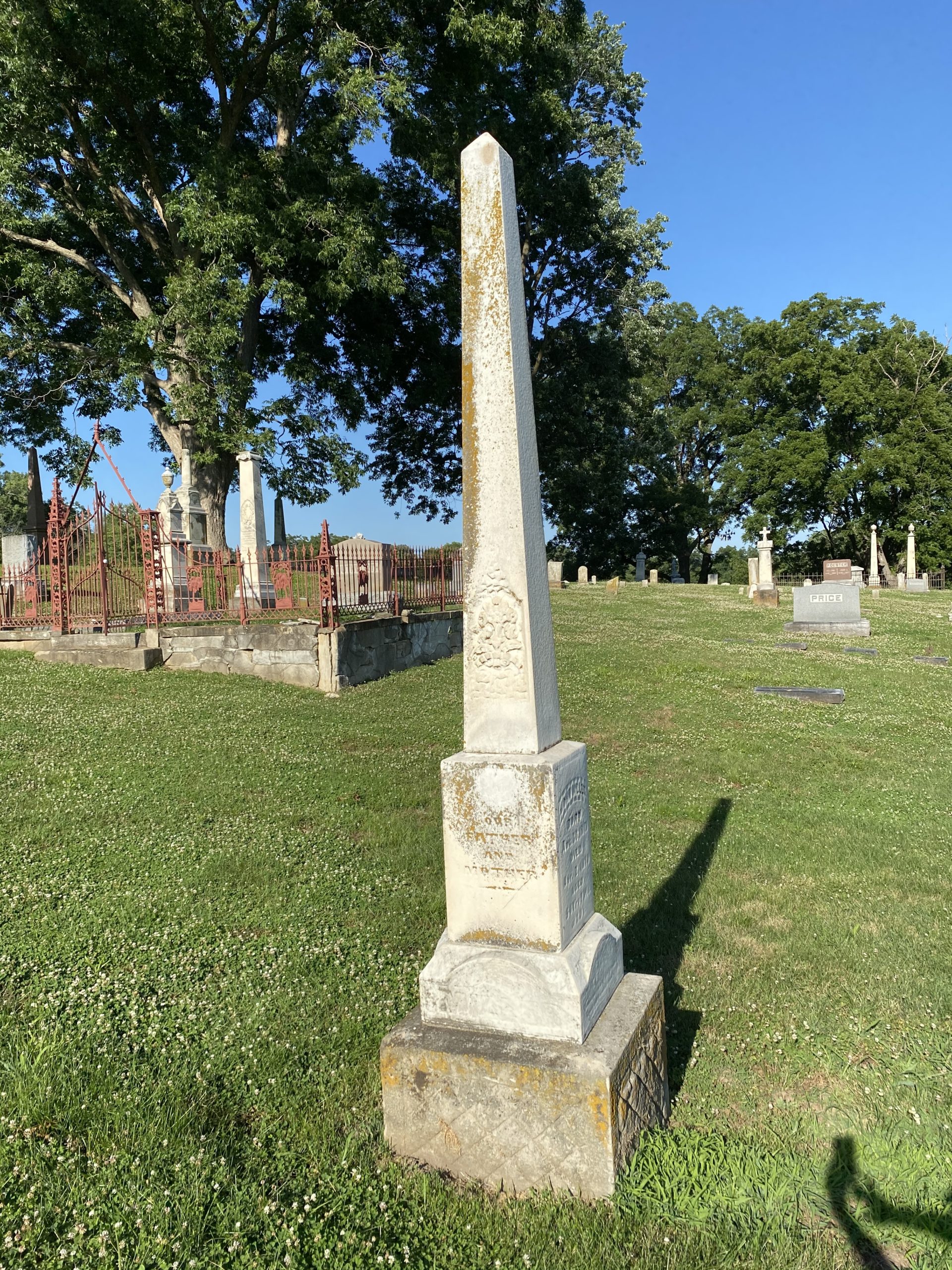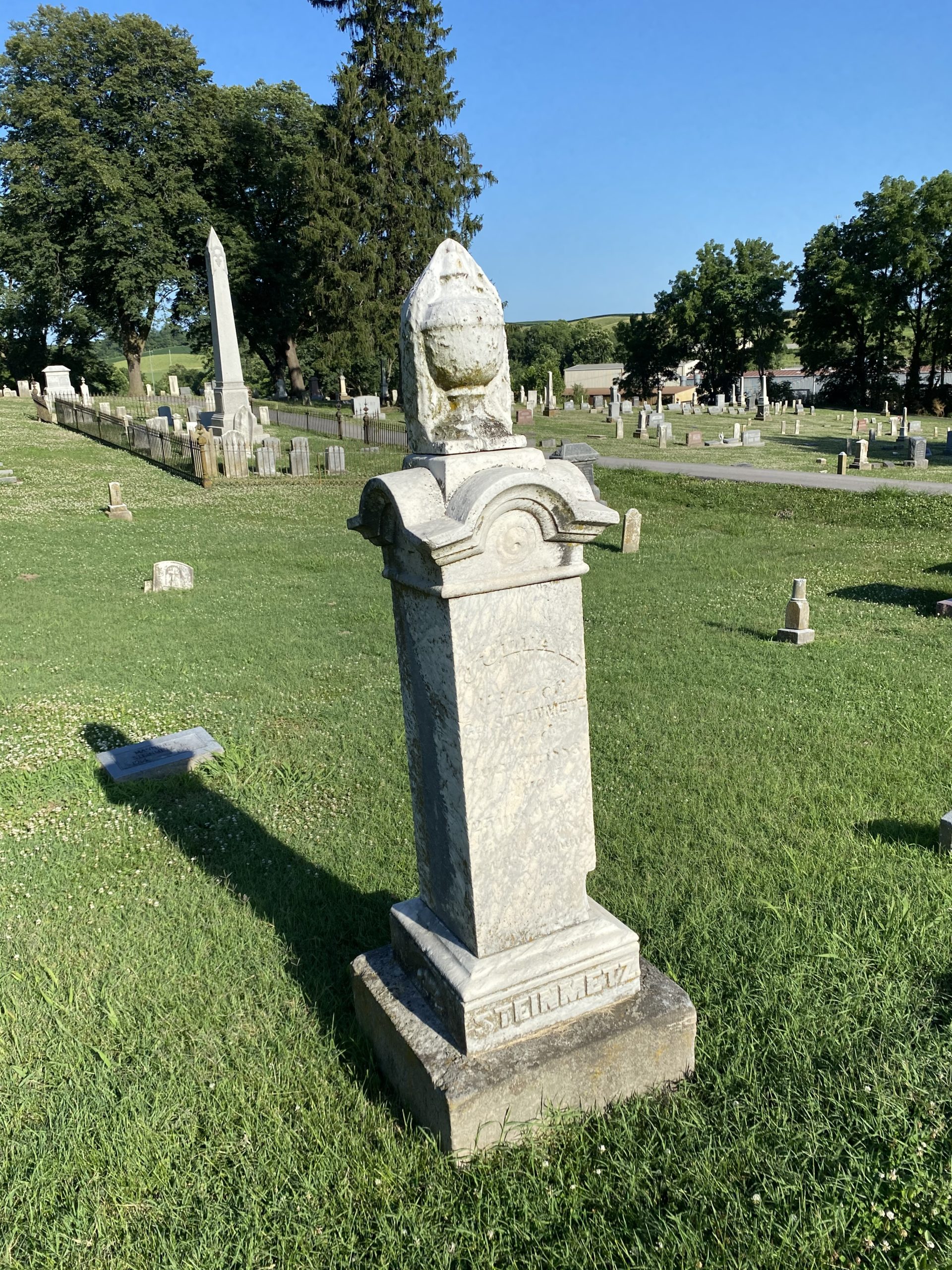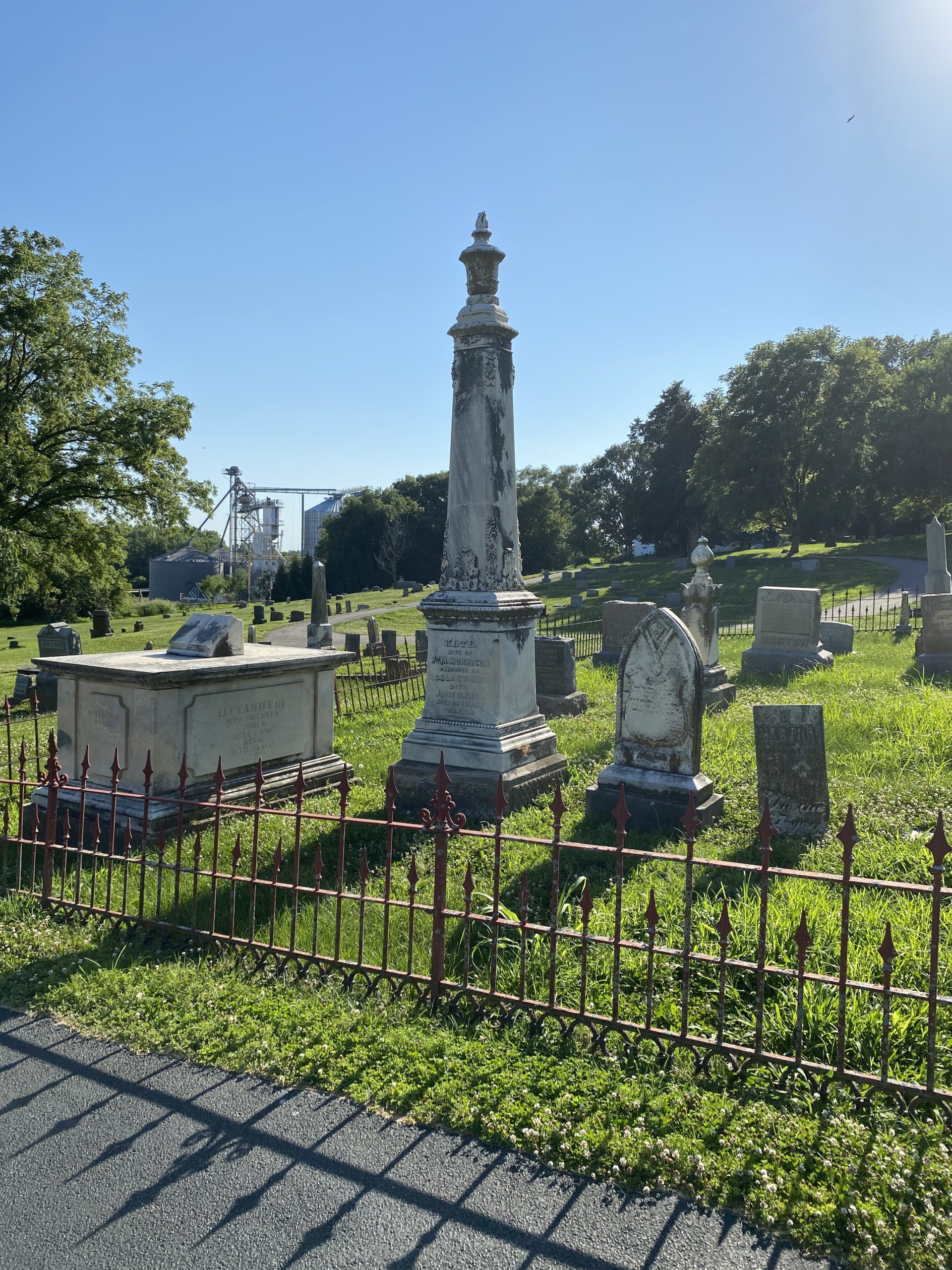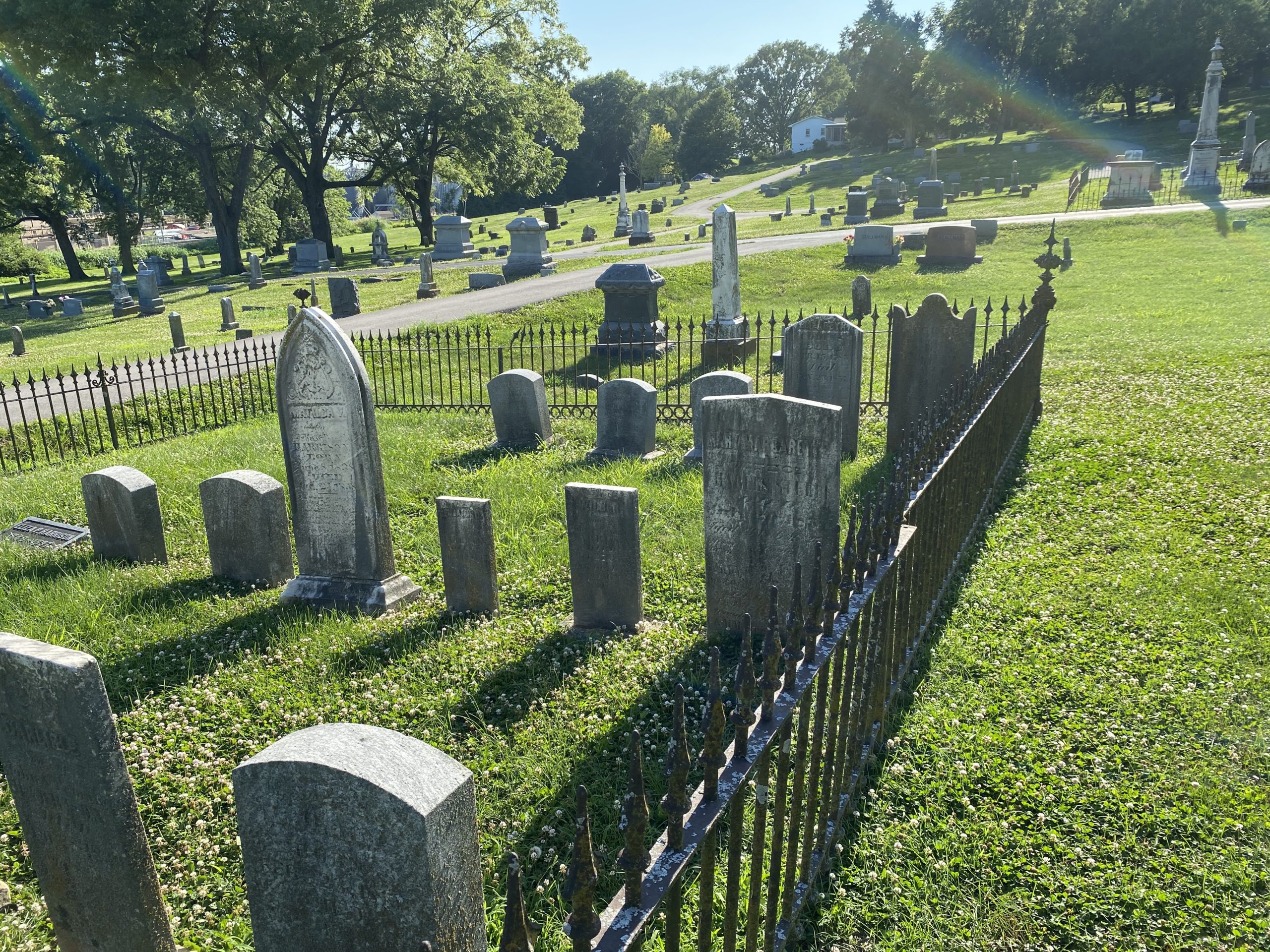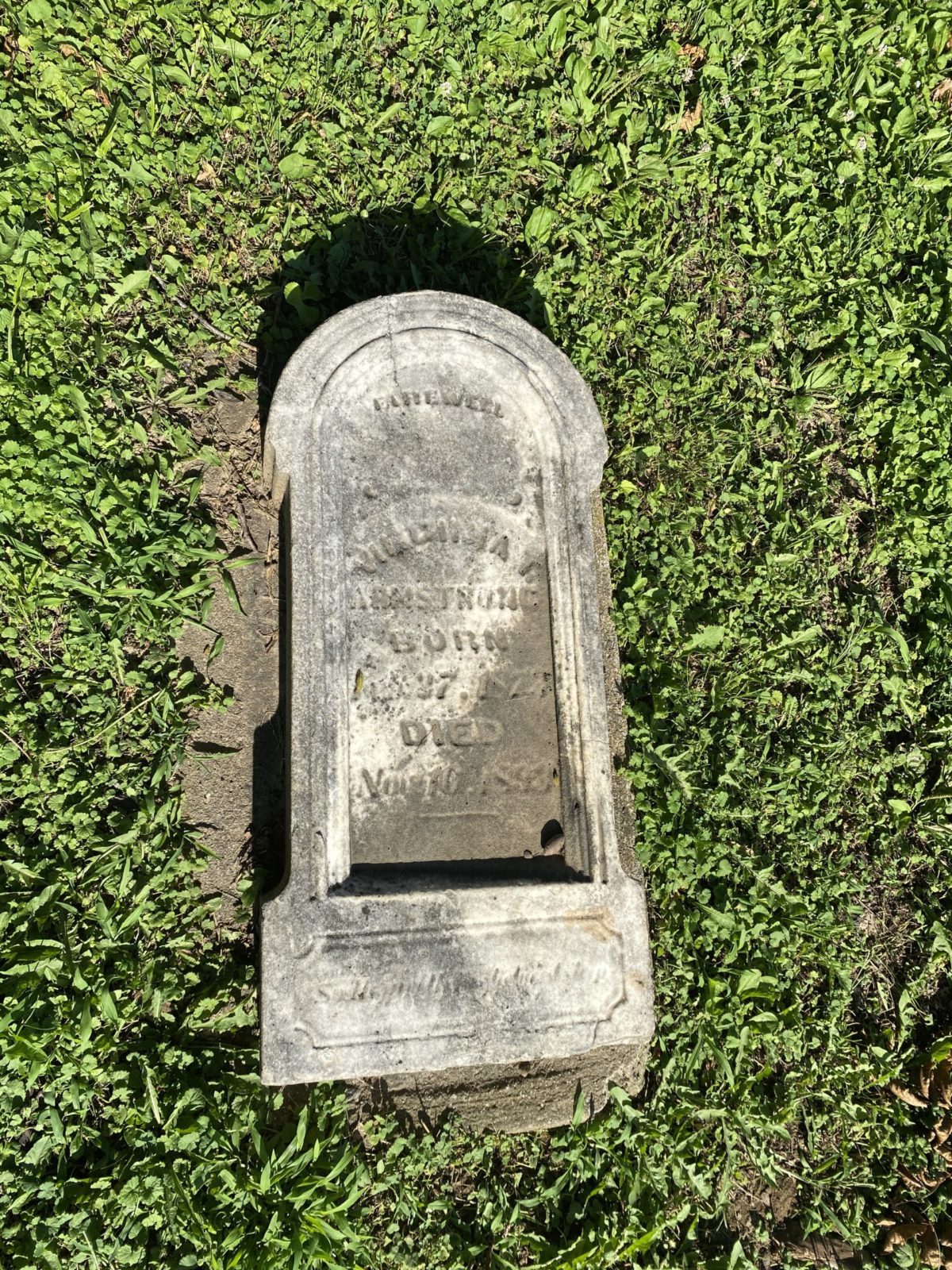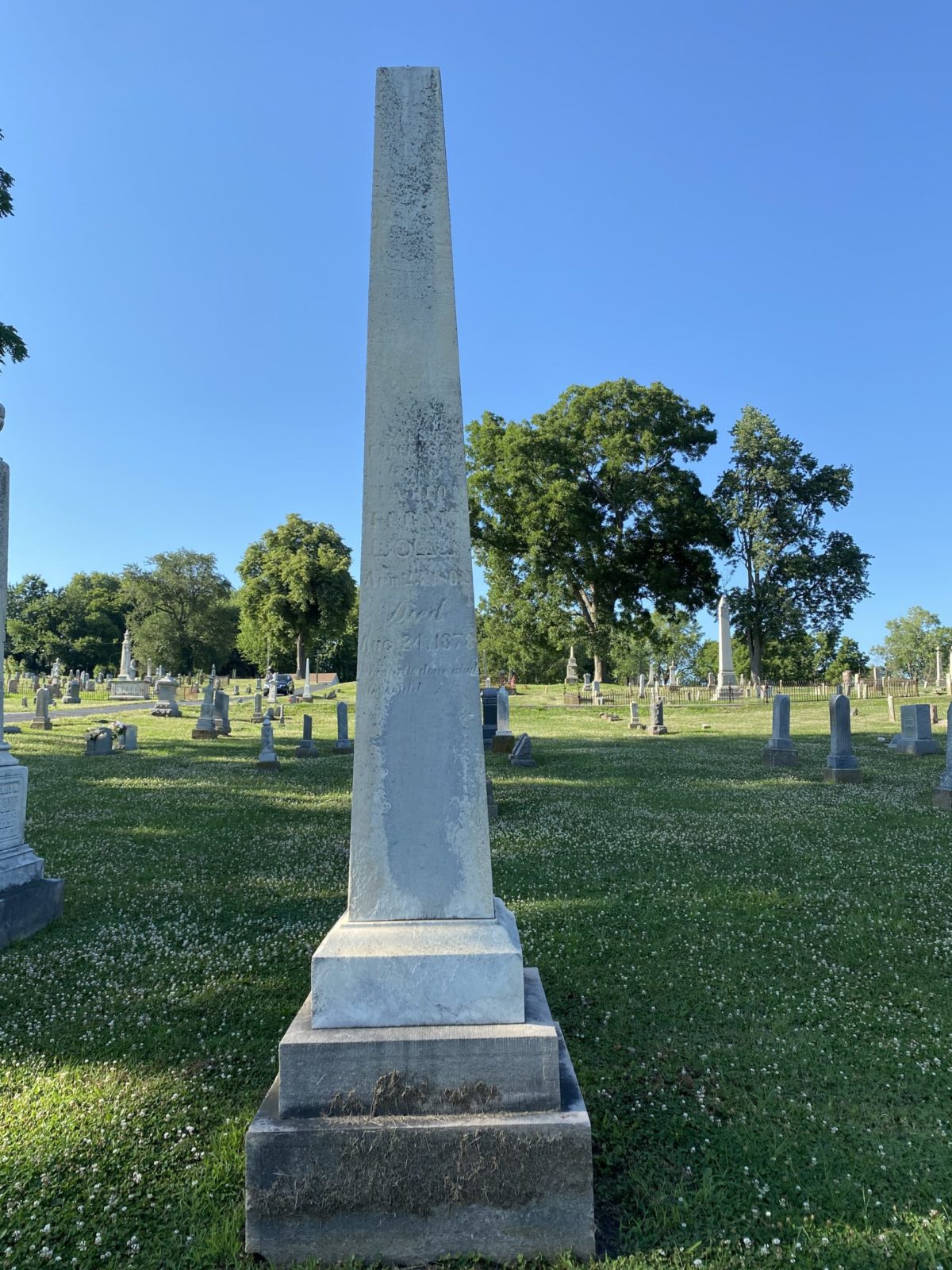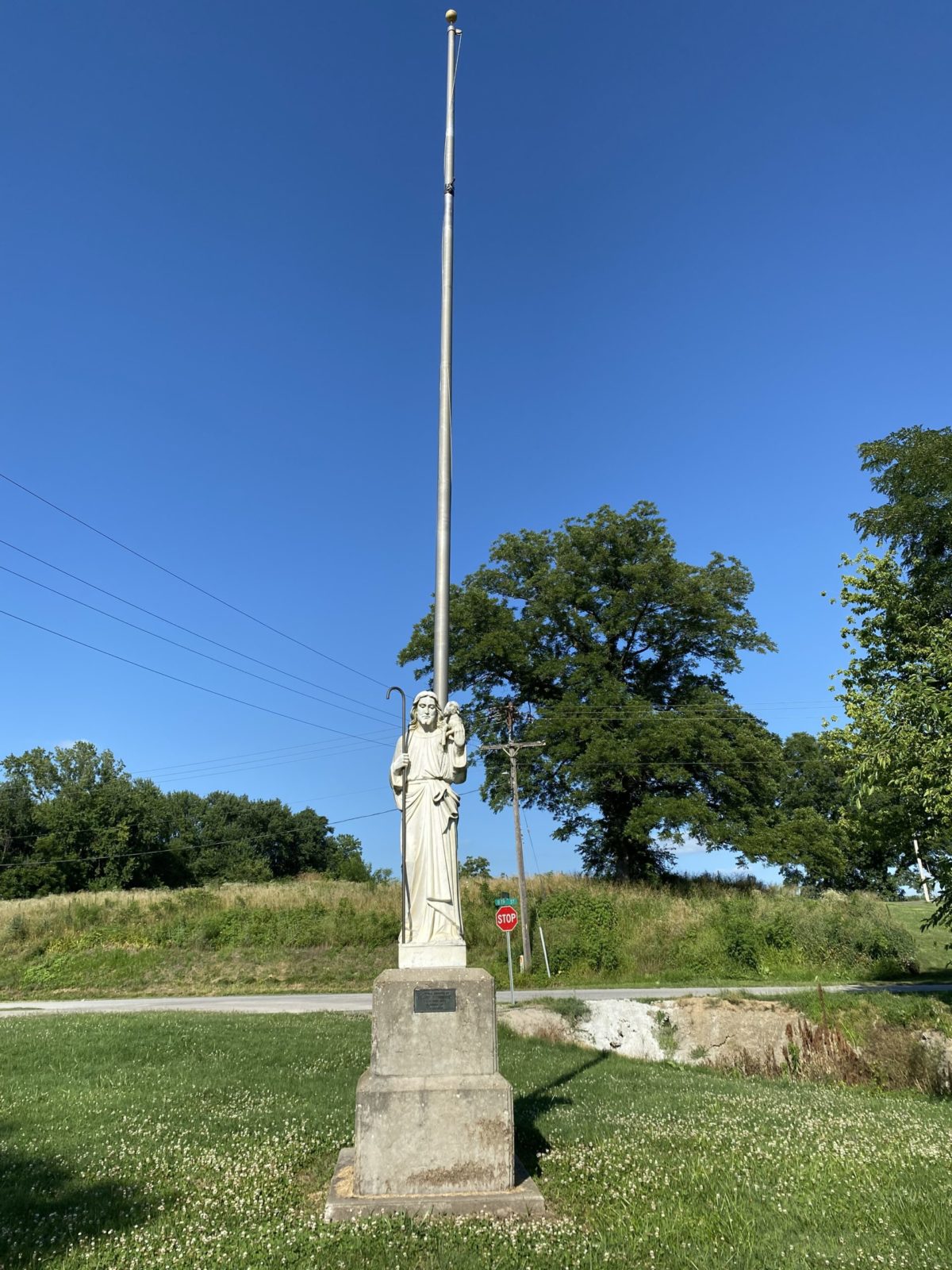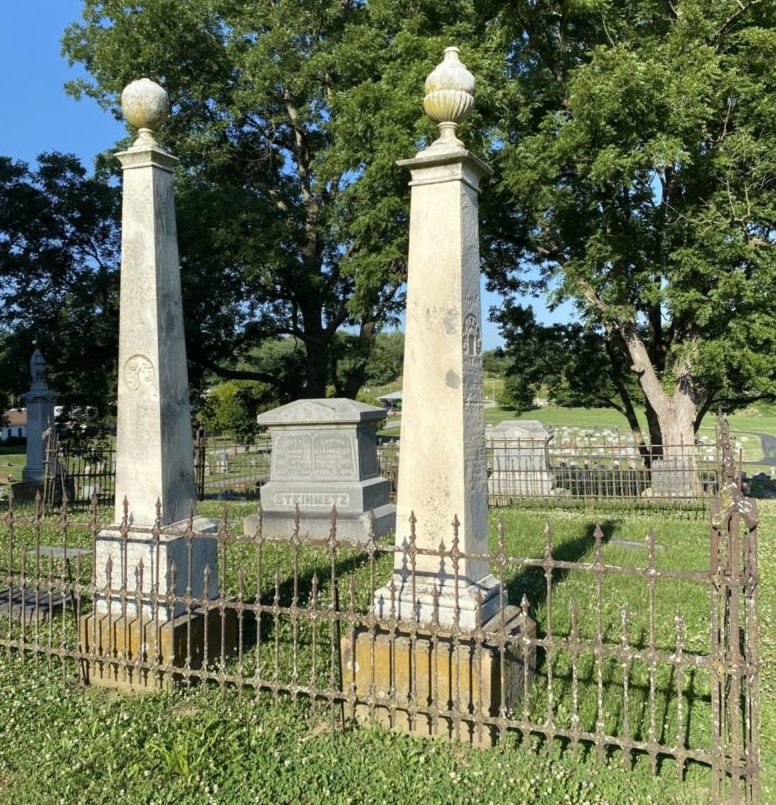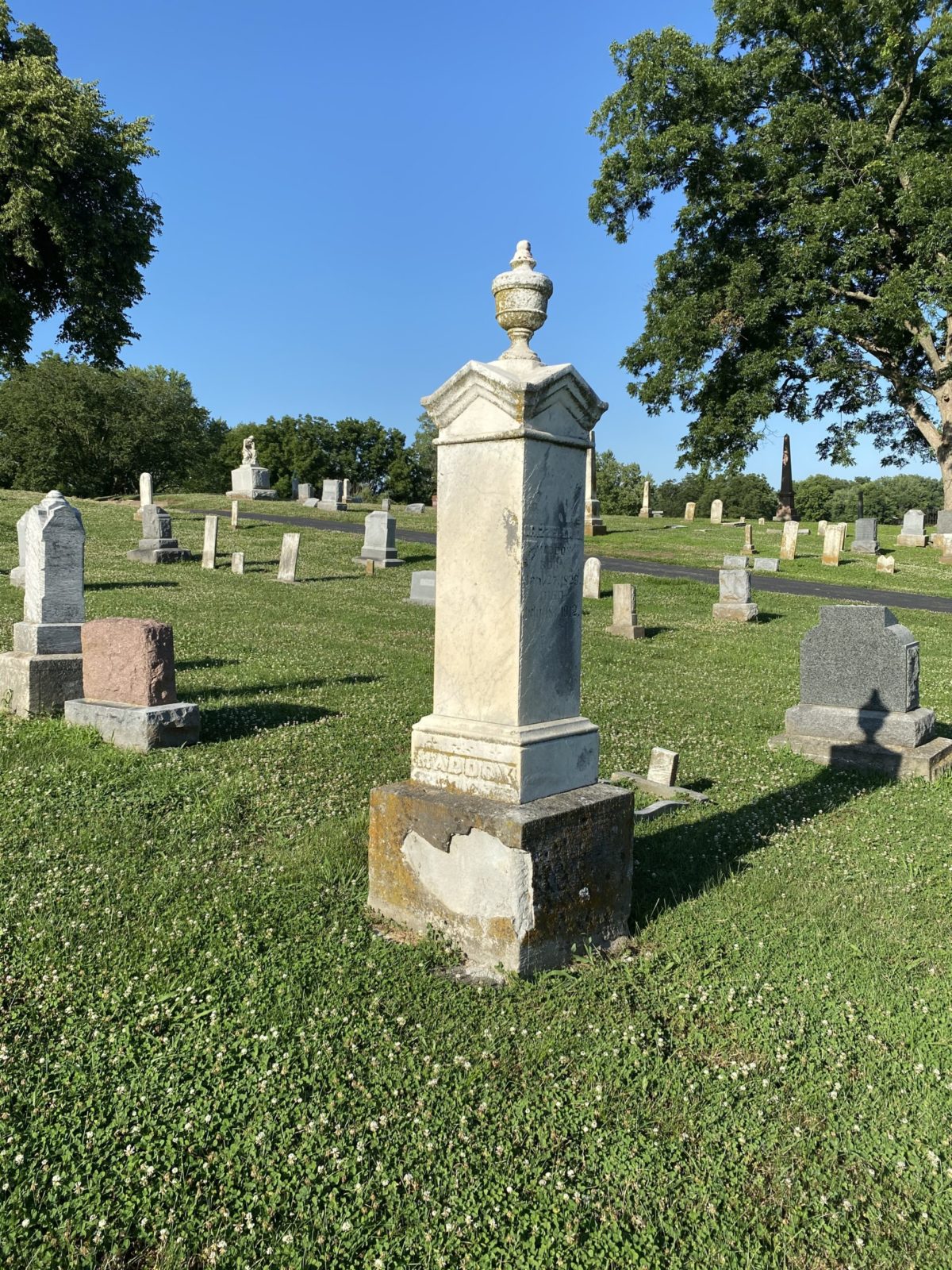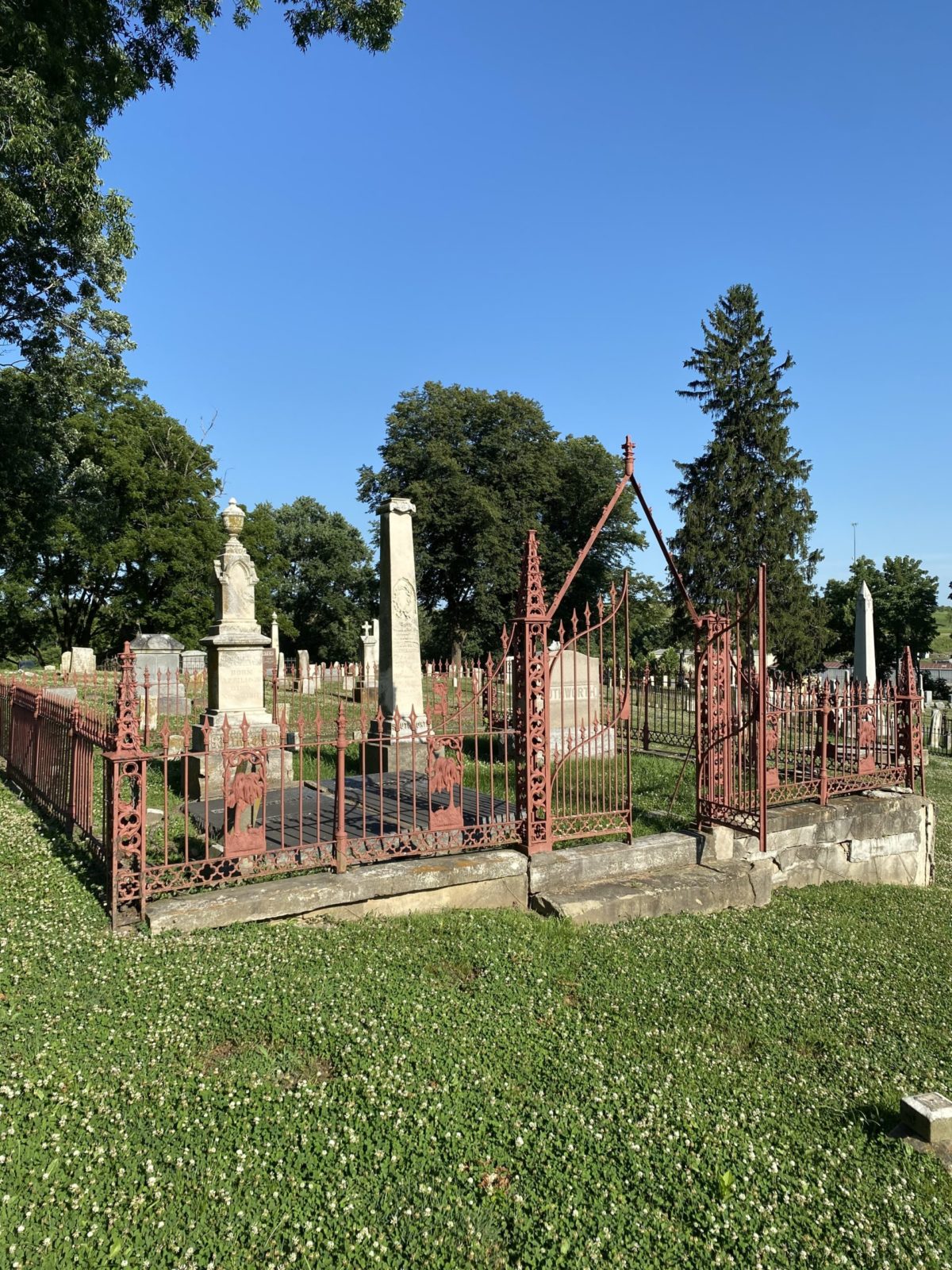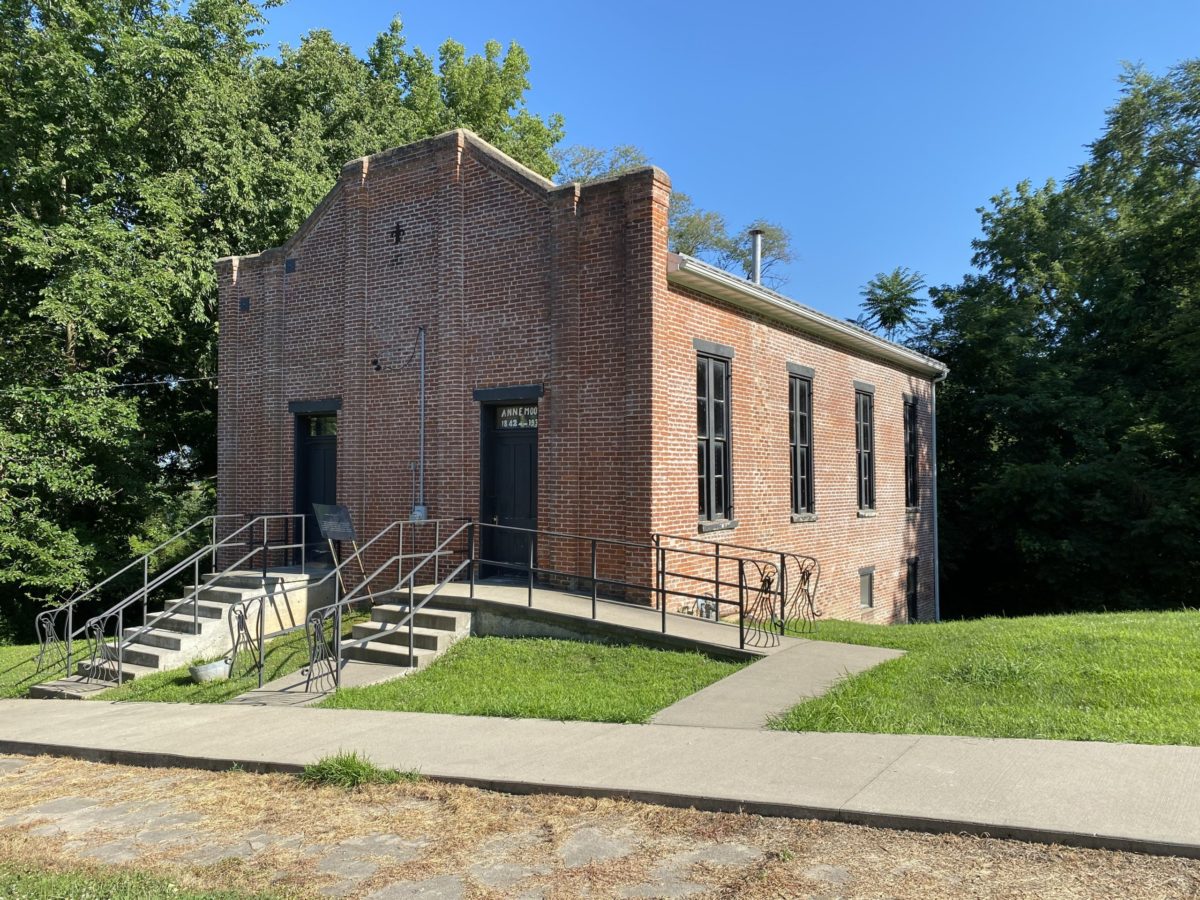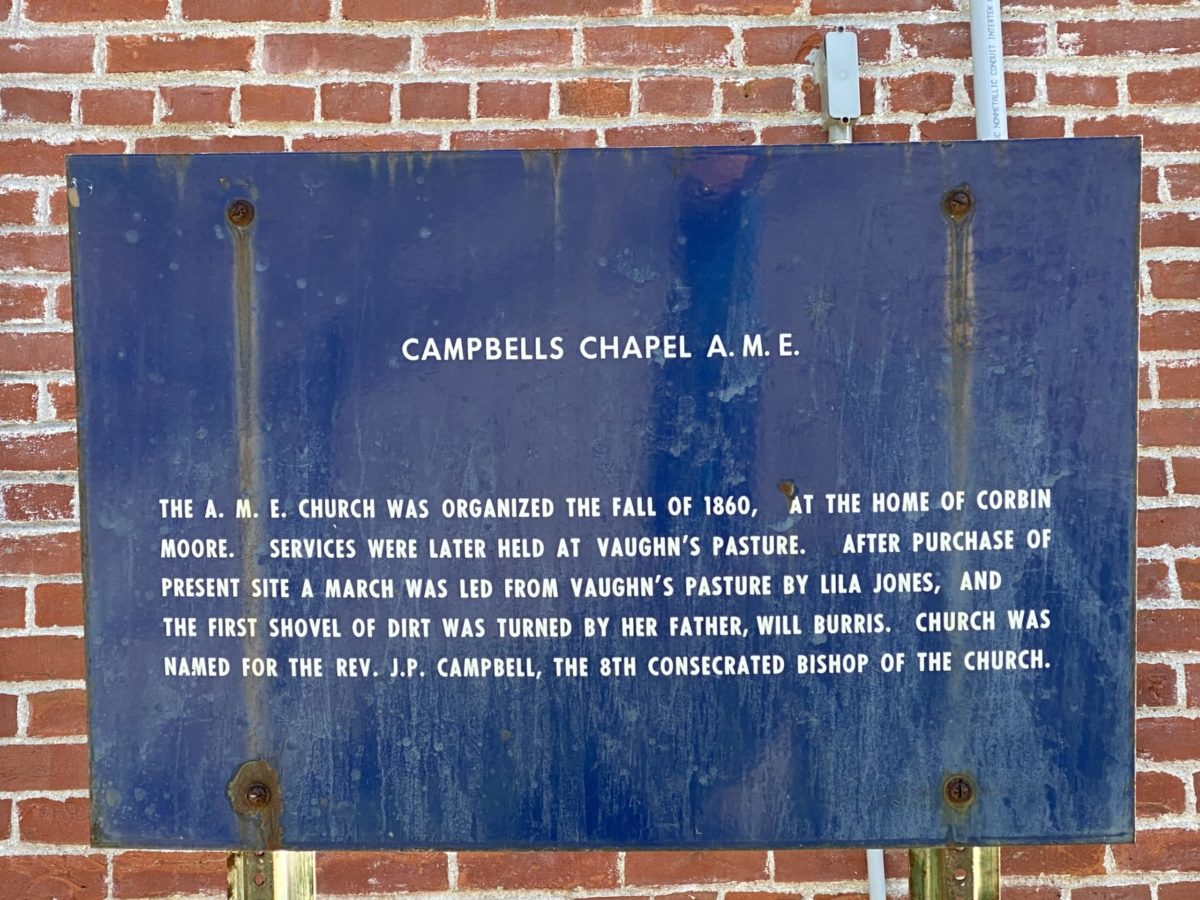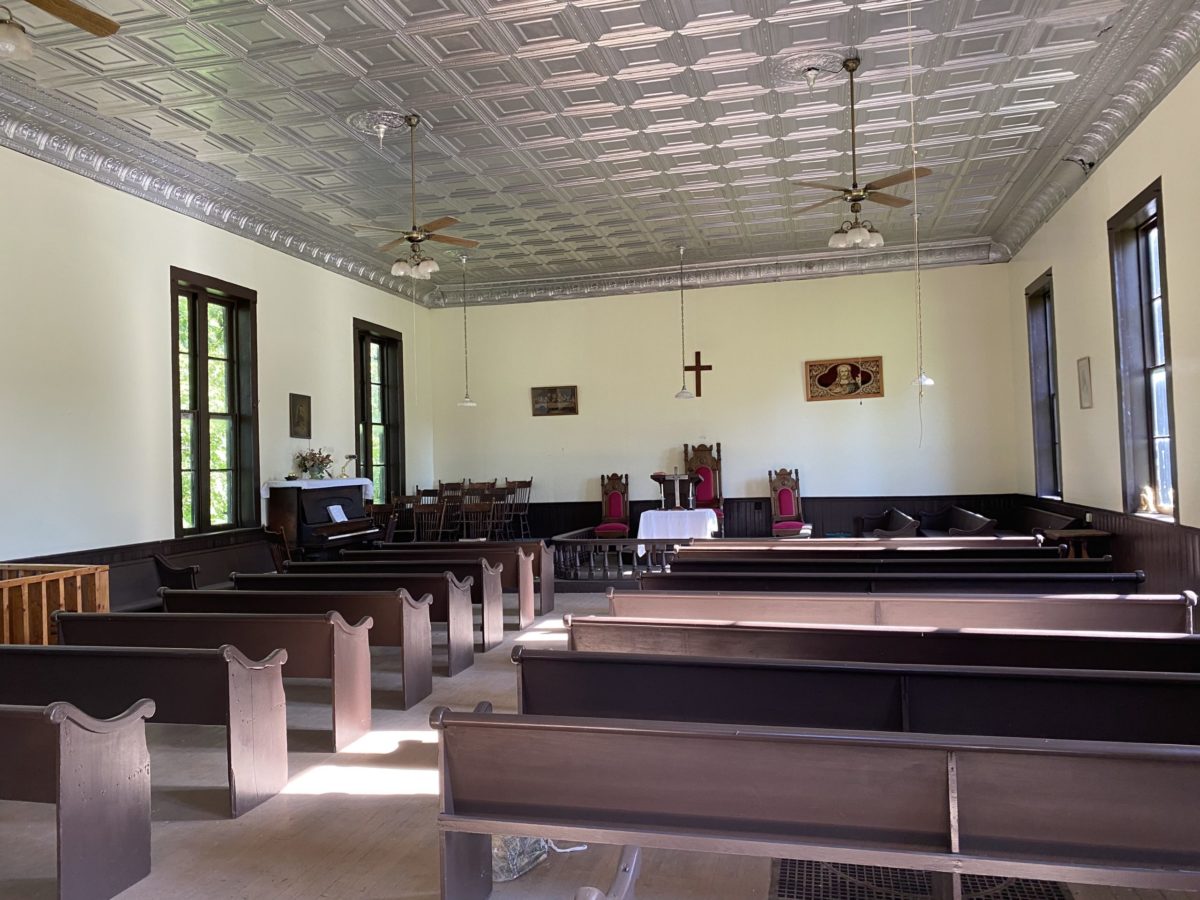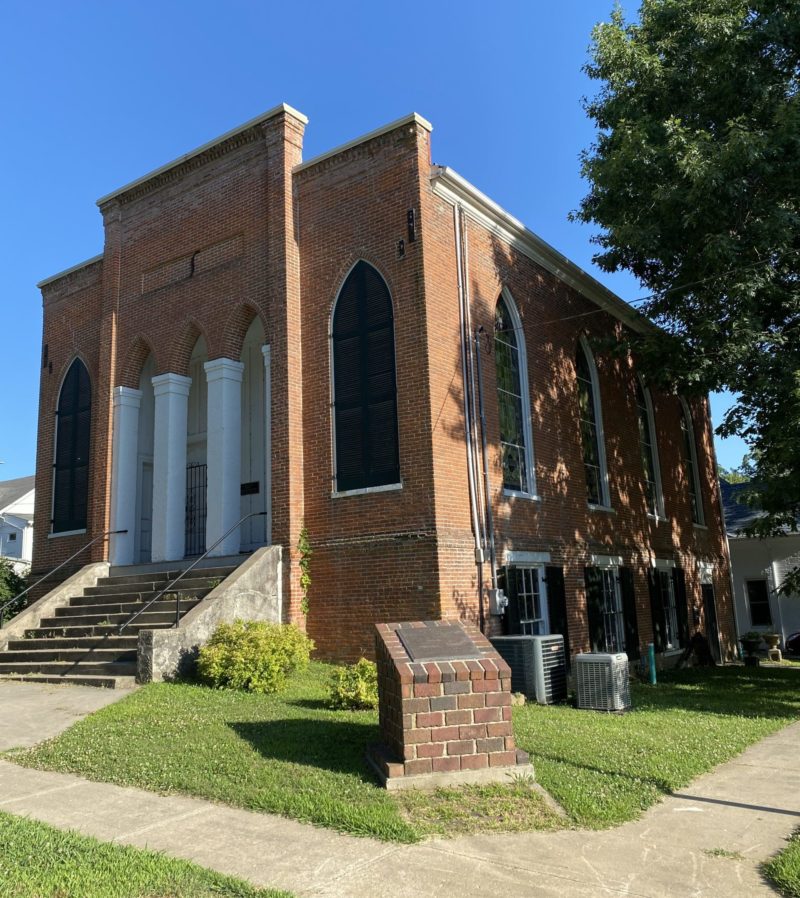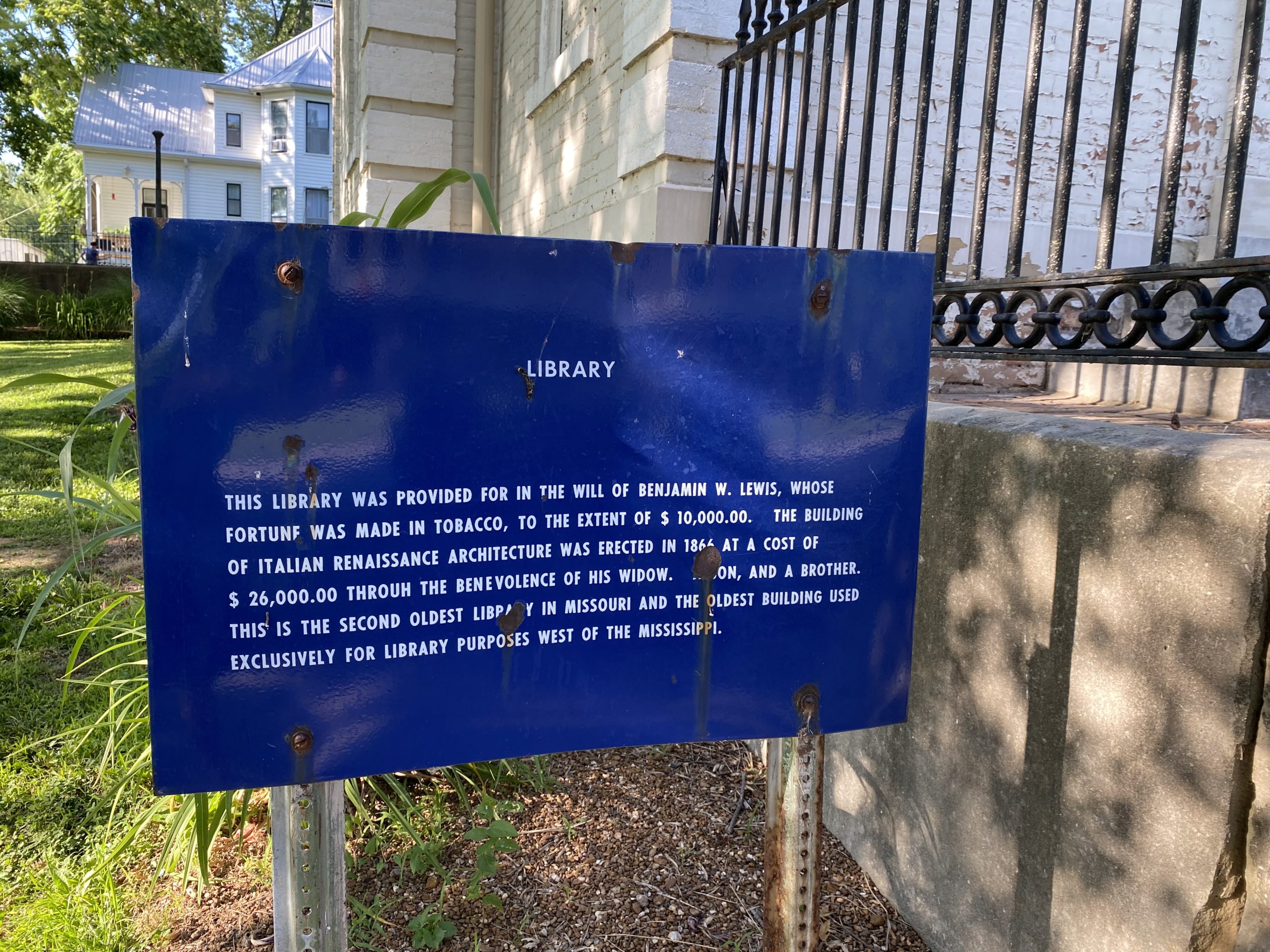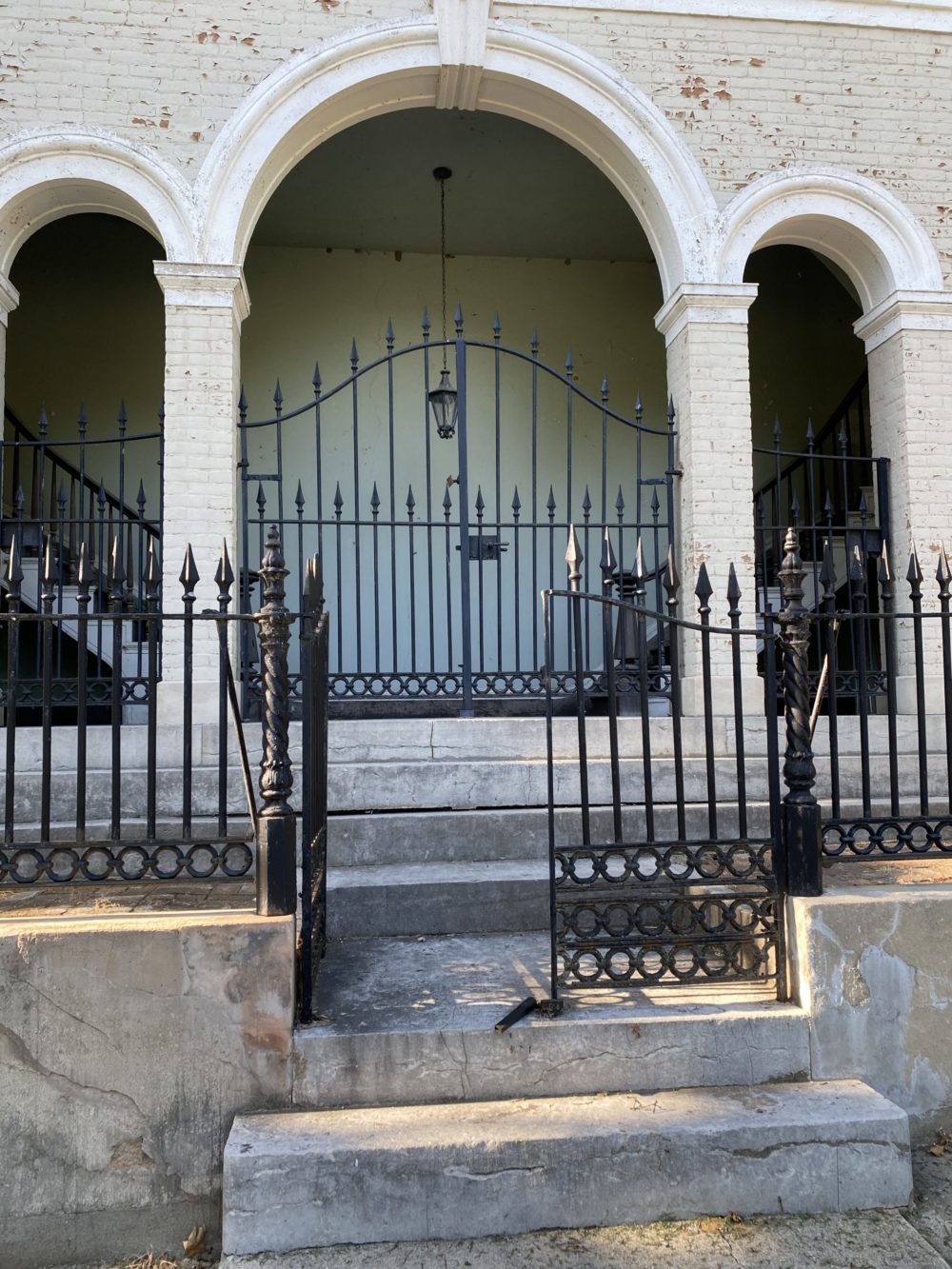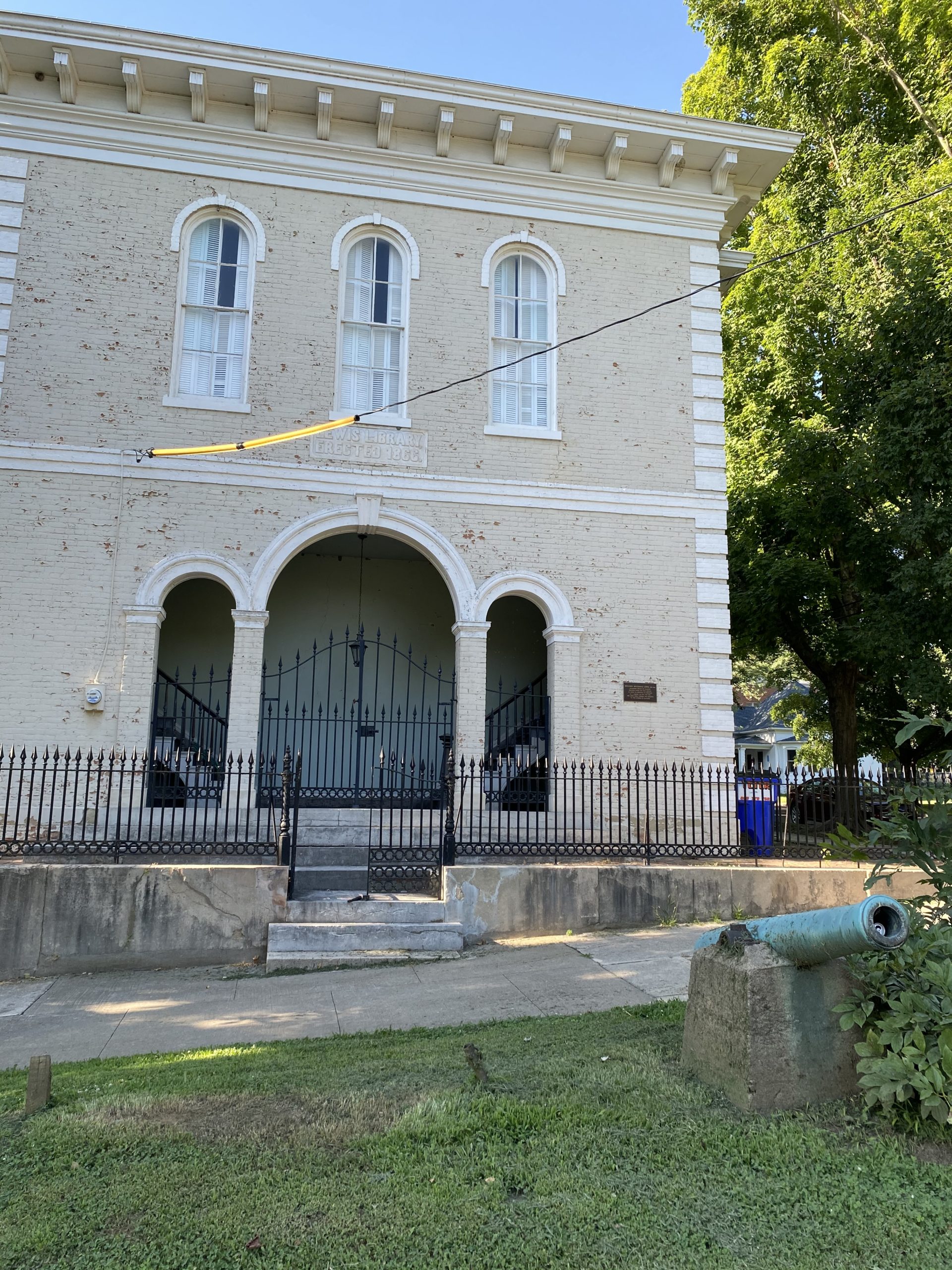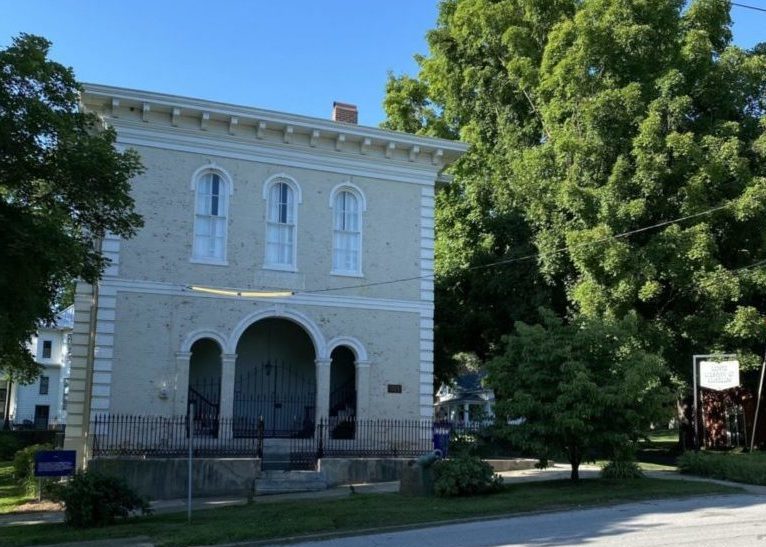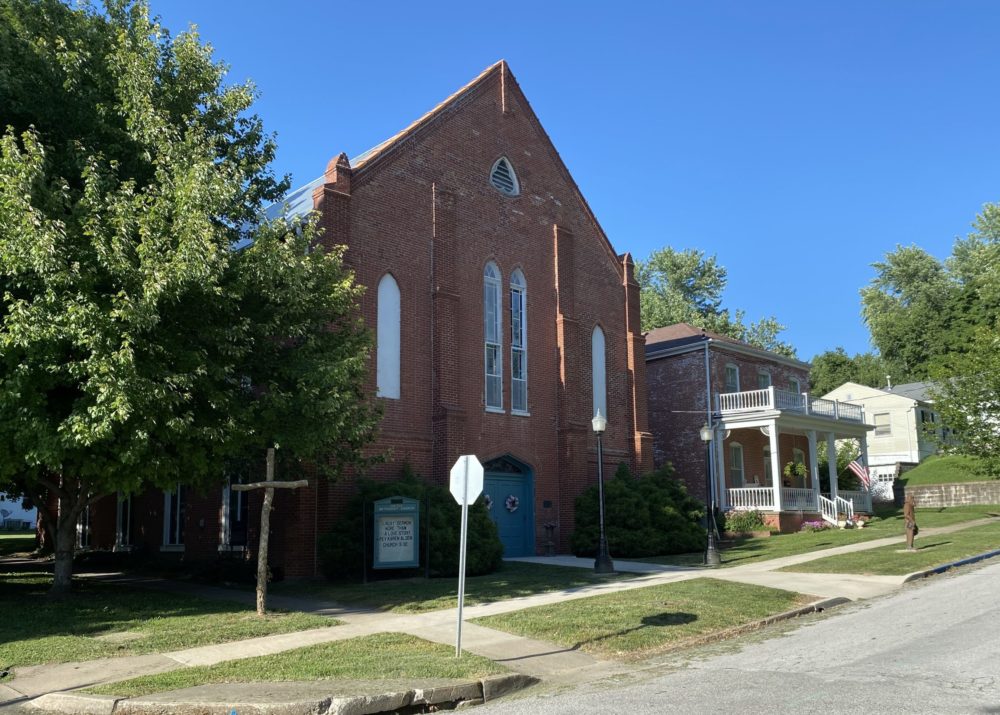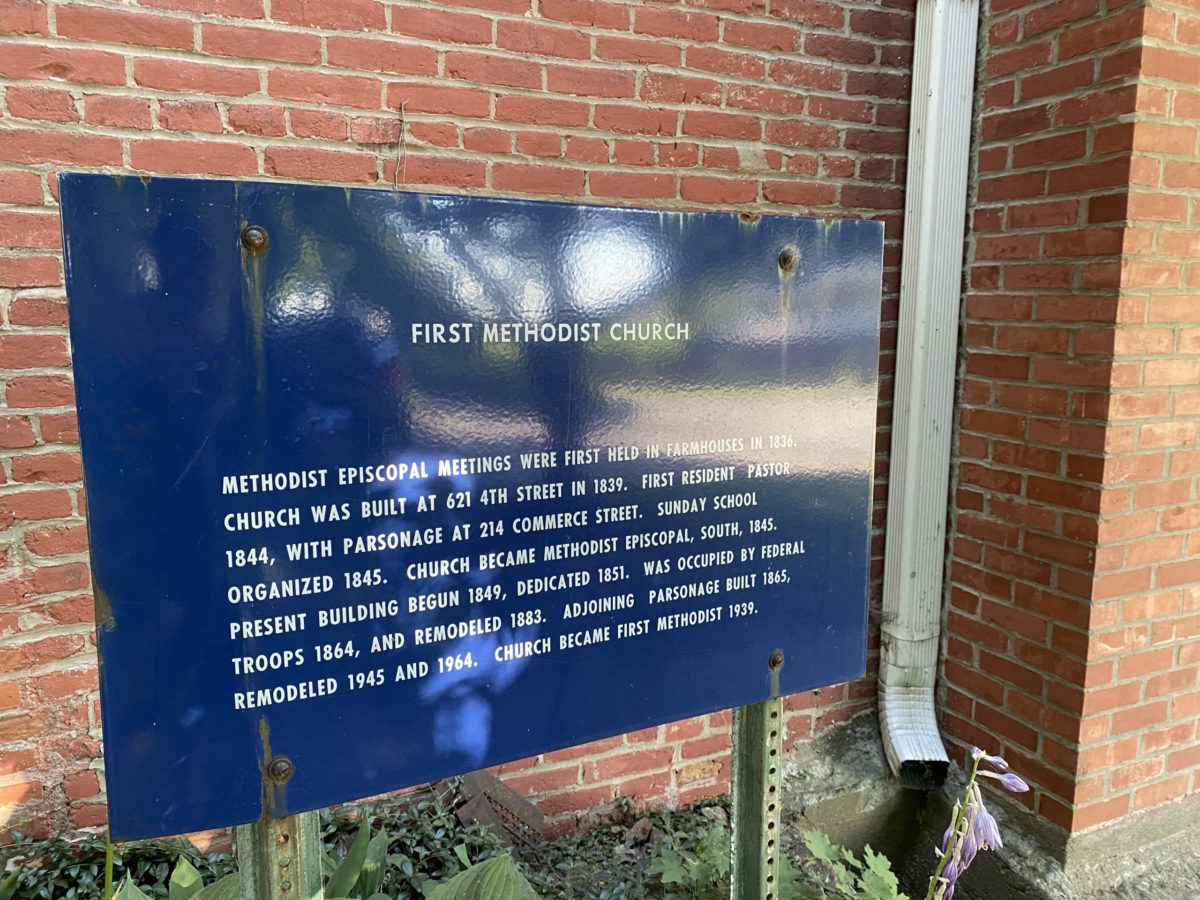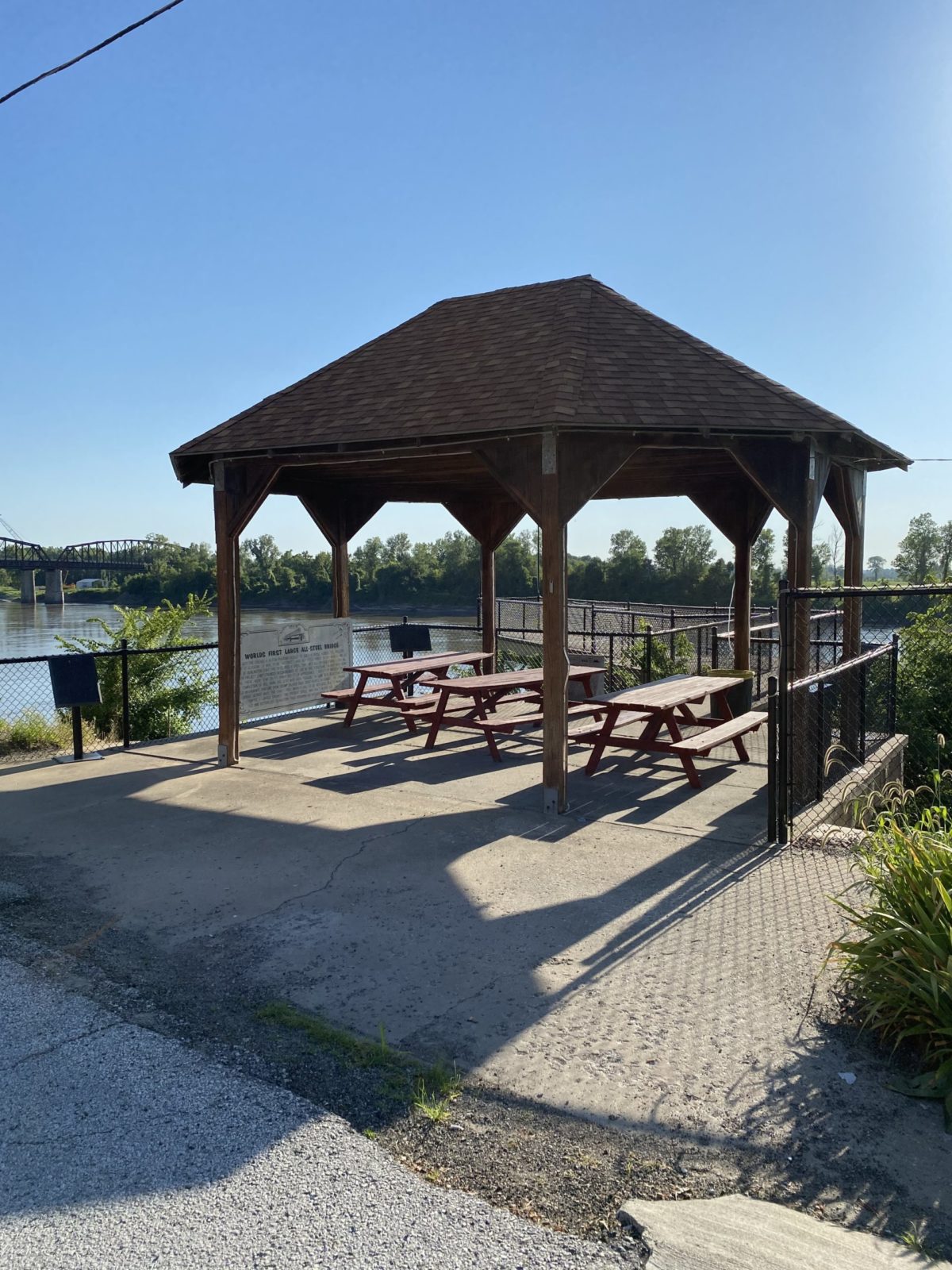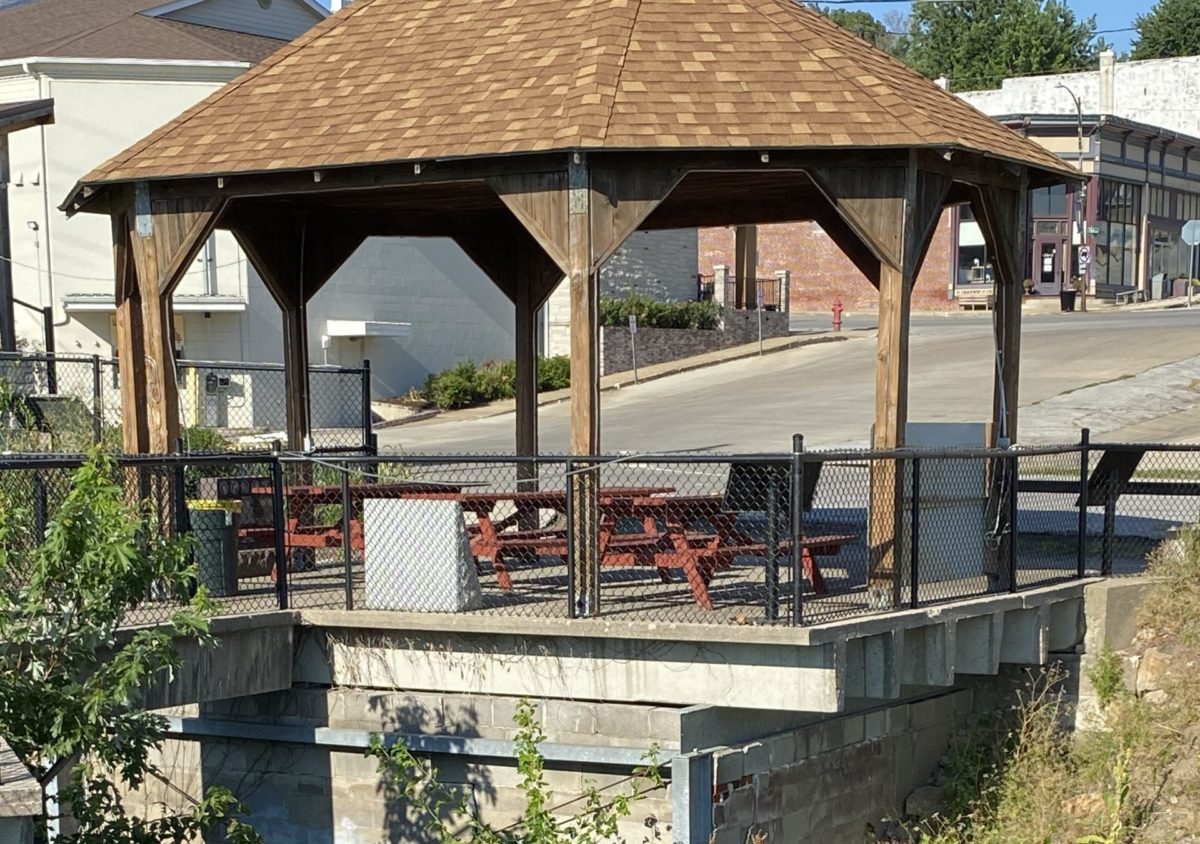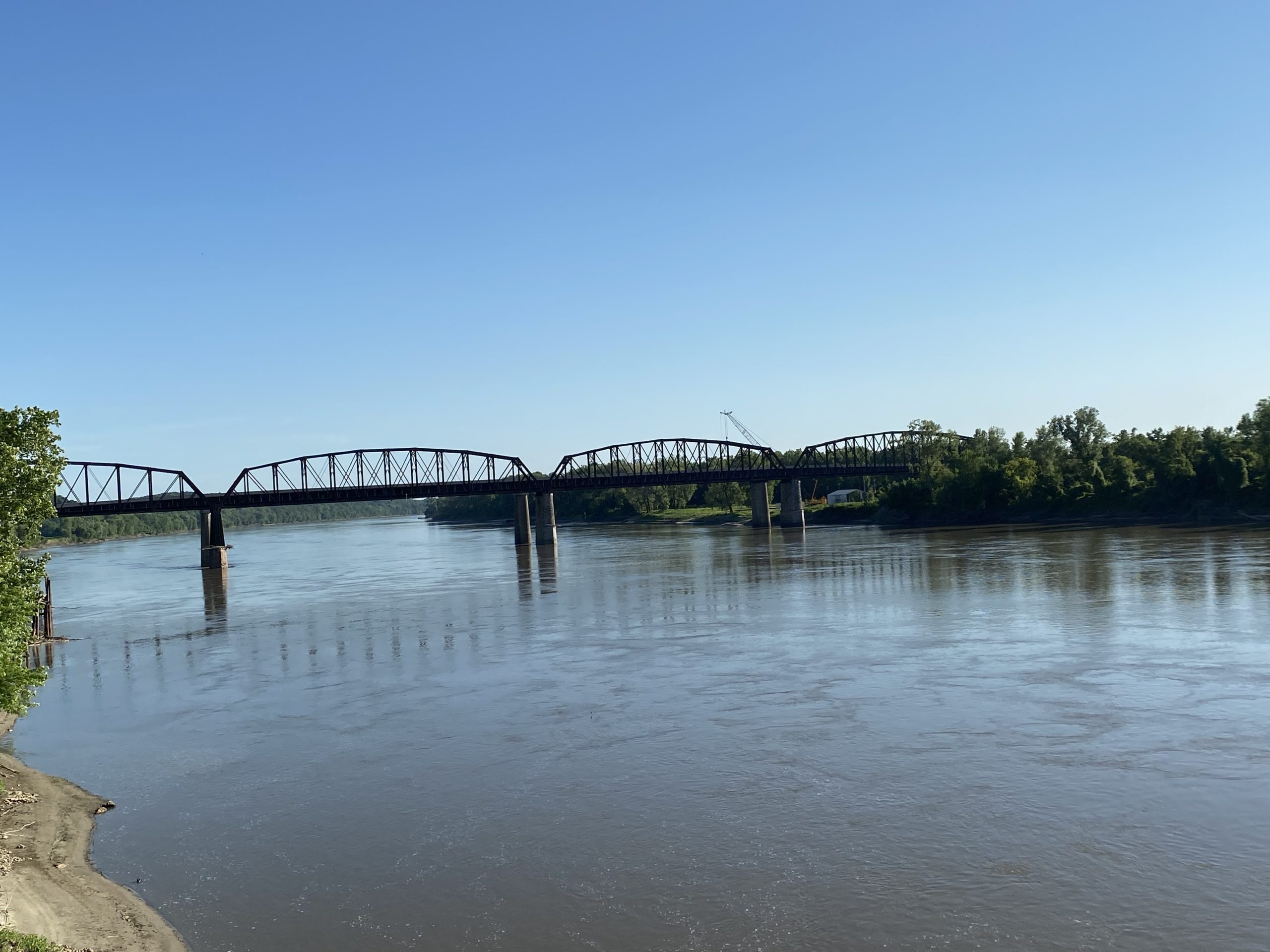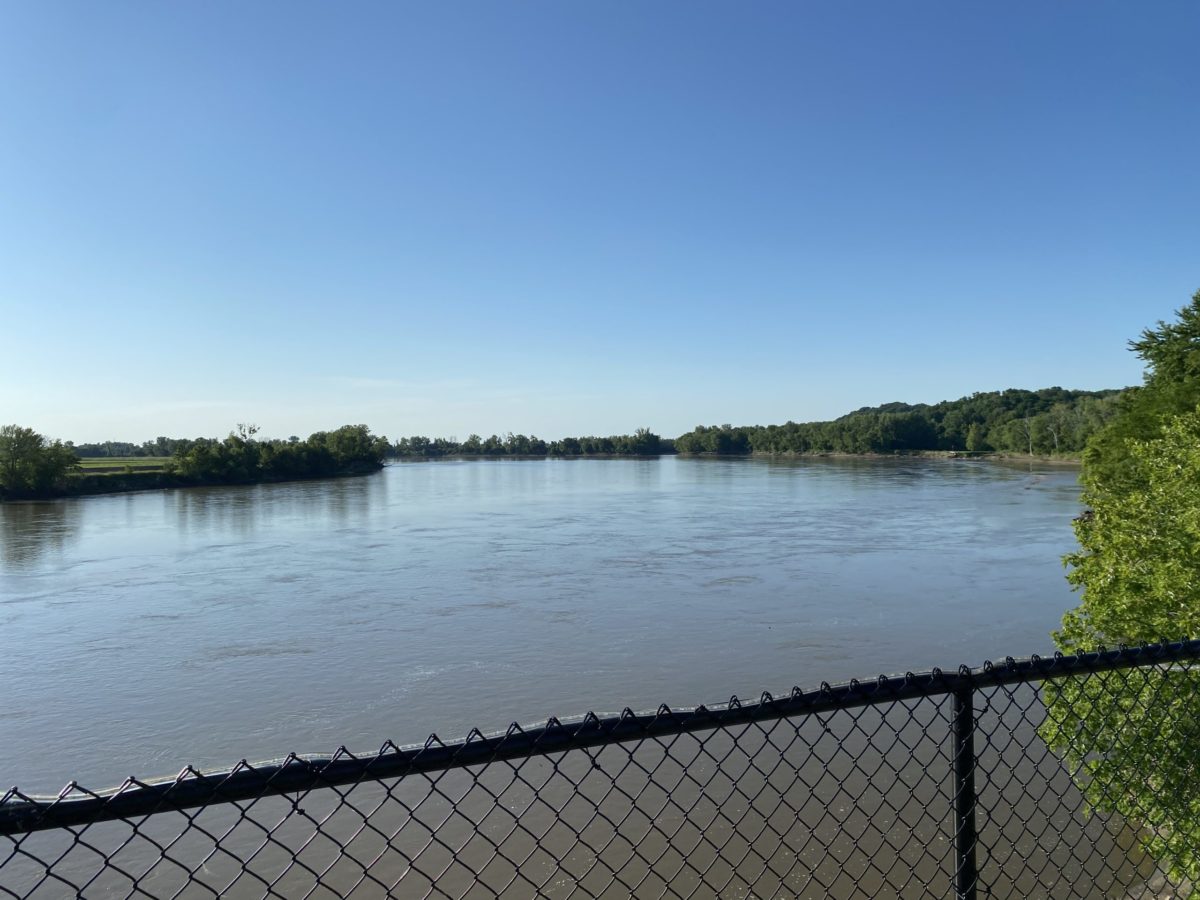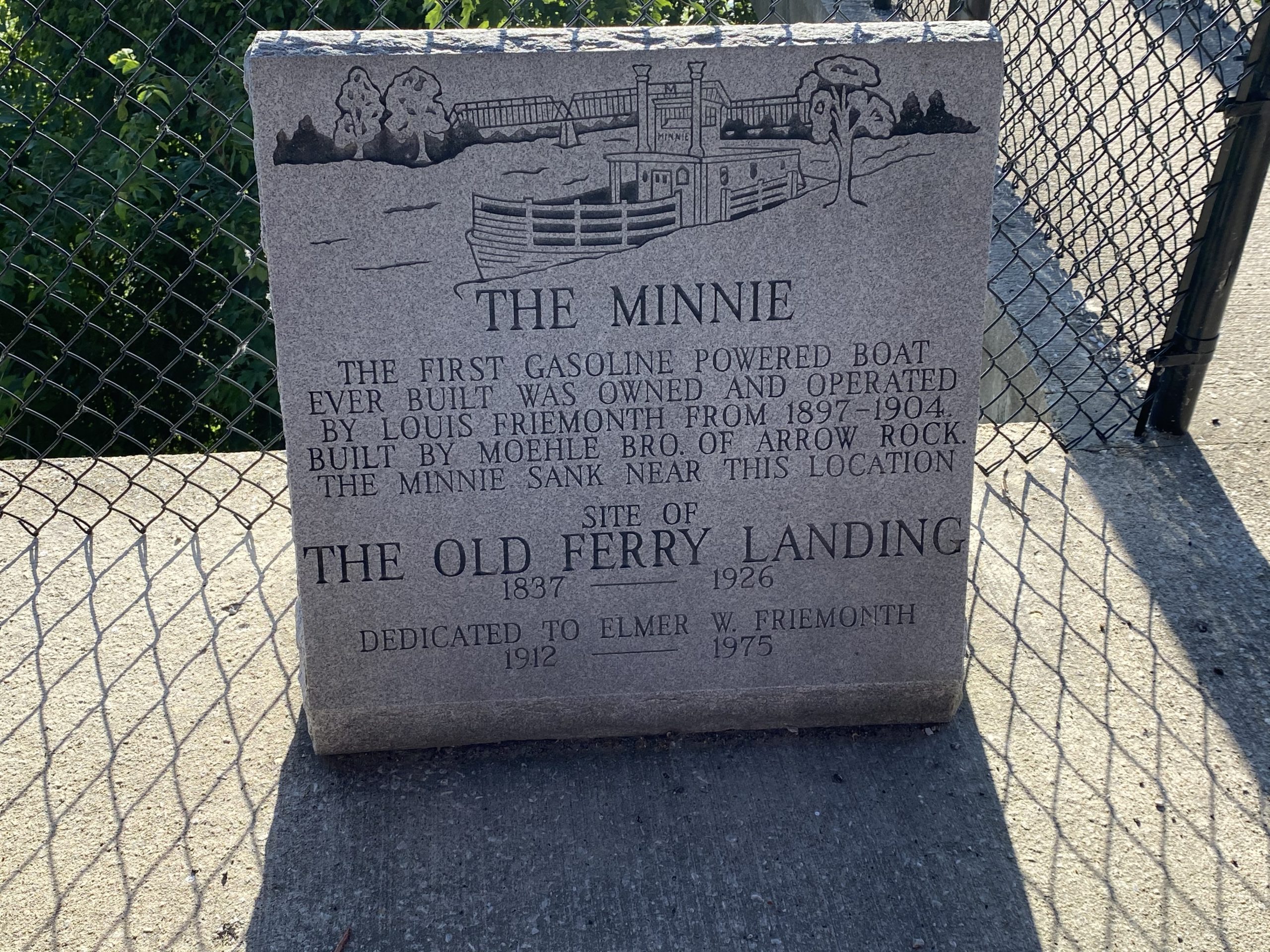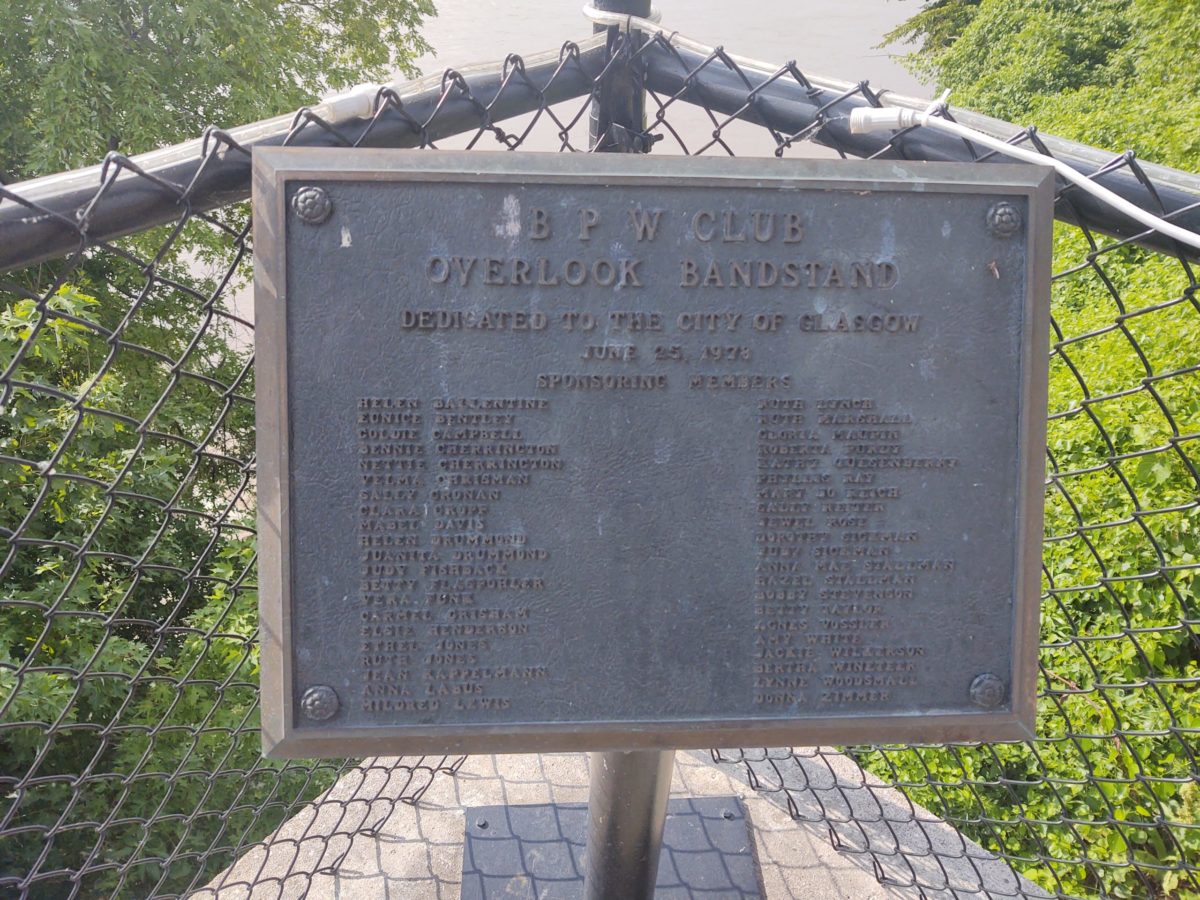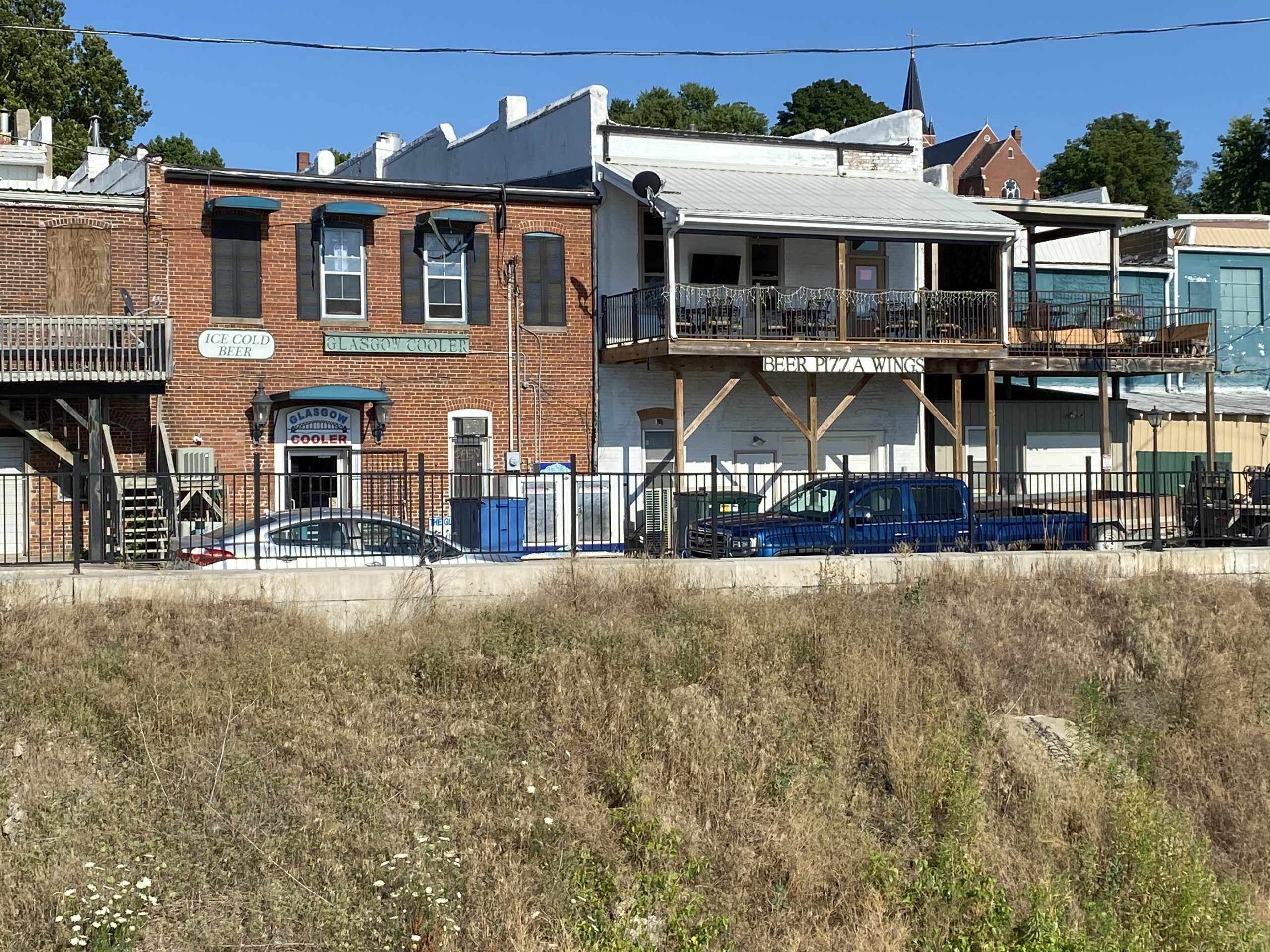Welcome! We hope you enjoyed the first part of the tour featured Missouri Life Magazine. Thank you for stopping by to check out the Extended Glasgow Scenic Driving tour.
Celebrating Missouri in conjunction with Missouri Main Street Connection, Karbelle is proud to present the Historic Glasgow Scenic Driving Tour! Learn about Glasgow’s rich history and discover its untapped beauty! Discover more at Historic Glasgow Main Street Association.
On the driving tour, there are many points of interest to take note of and many historical markers and sites as you drive on the tour that are missing on the map. We know – we just couldn’t fit them all! So we are providing these FREE Extended Points of Interest while you cruise – or circle back through – the driving tour of Glasgow, our uniquely beautiful town on the Mo’River!
See driving tour directions from Glasgow to 210 Jackson St via 1099-1073 MO-240 Business, 931-901 MO-240 Business in Google Maps.
You begin your driving tour at the newly built John Donaldson Field behind the Glasgow School. A native of Glasgow, John Wesley Donaldson is hailed by many as one of the greatest left-handed pitchers in baseball history. A Negro League baseball player and a founding member of the Kansas City Monarchs, Donaldson holds more segregated wins (413) and strikeouts (5091) than any pitcher in the history of the game.
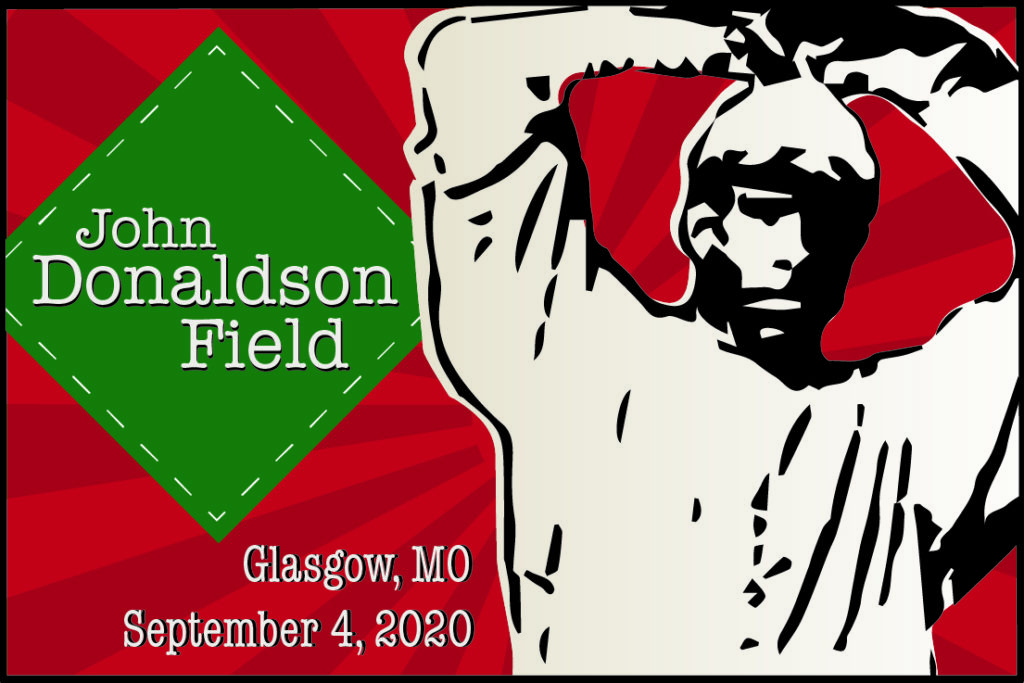
The City of Glasgow held a John Donaldson Field and Dedication Day on Friday, September 4 at 4:30 PM to celebrate the newly erected state-of-the-art ballpark and larger-than-life statue of the left-handed pitcher. The event aimed to recognize the legacy of John Donaldson and the independence, determination and influence he was as a pioneer of the game.
Playing baseball outside of the “whites-only” leagues and navigating Jim Crow laws in America for his 32-year career took incredible courage. John Donaldson’s life defied convention and his example can serve as a unifier today. All were welcome to attend the celebratory event.
Next to the Harrison House on Randolph Street, you may have noticed the Plank Road historic marker. Road construction started here in 1851, which was a solid walnut and oak roadway 26 miles long and the main thoroughfare from Glasgow to Huntsville and Armstrong until 1877.
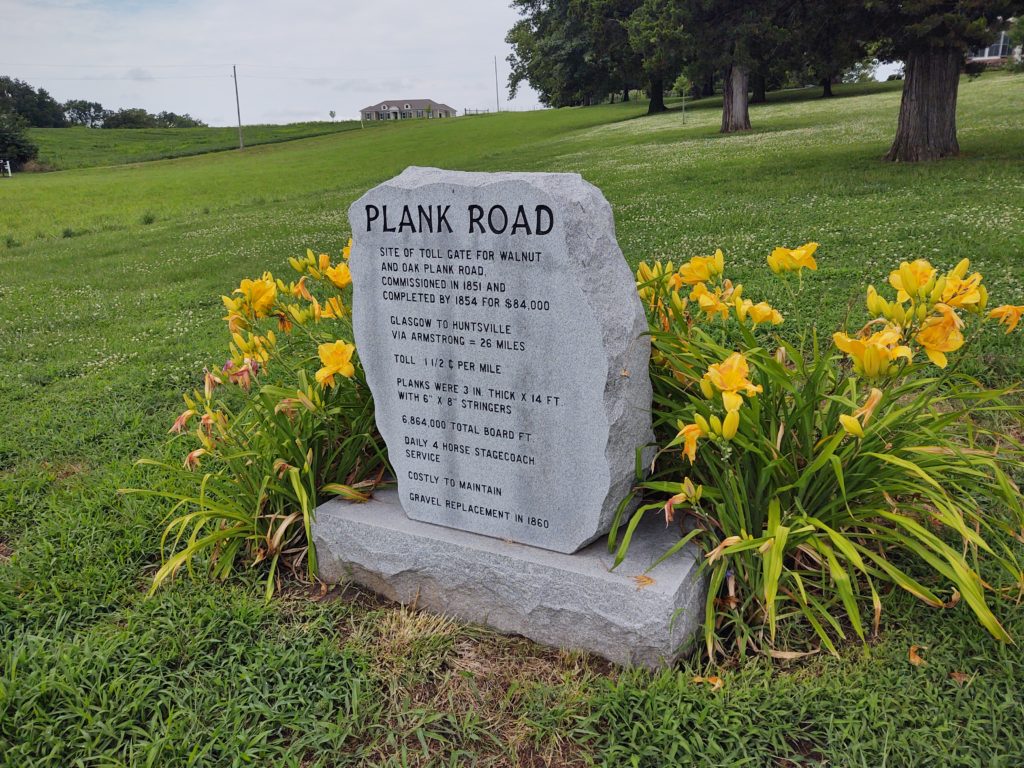
After heading back toward town, passing Karbelle Mansion and Earickson House on your driving tour, you will notice the Glasgow Historic Town Marker on your left aside the road of the Glasgow School grounds and across from Shackelford House.
Stop for a moment to read about the history of the once-bustling town on the river bluffs founded by James Glasgow.
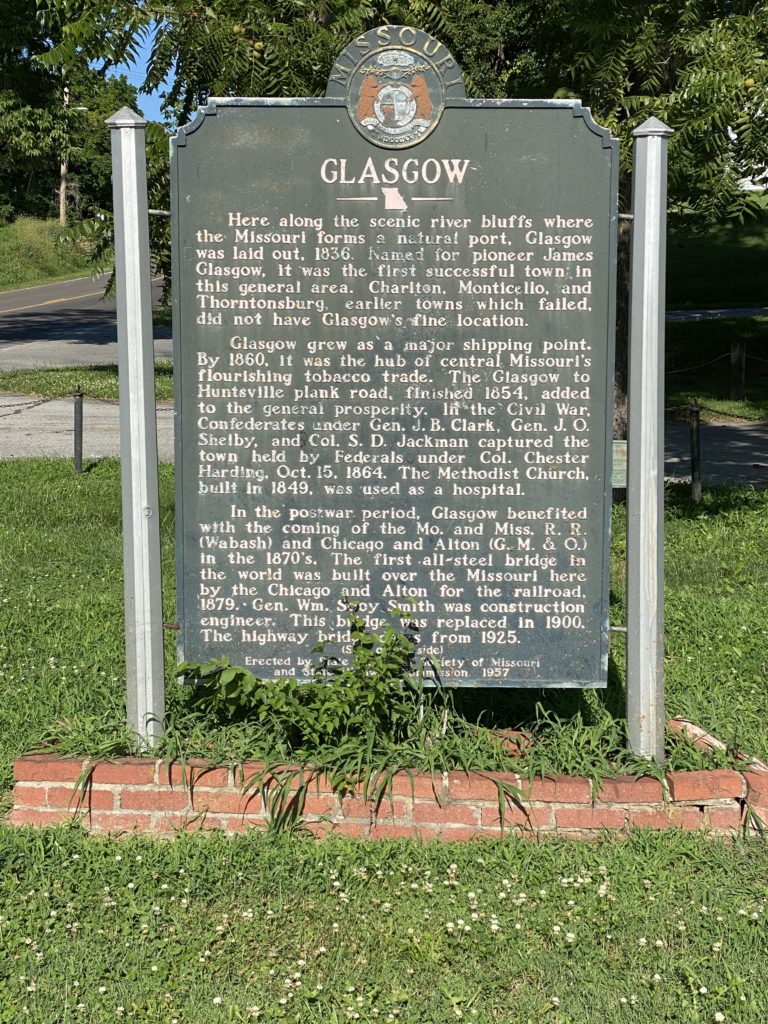
You will take the left after the school onto 8th St and pass the old ball field before coming to the next historic marker on the left for Evans School, the only area segregated school until 1857.
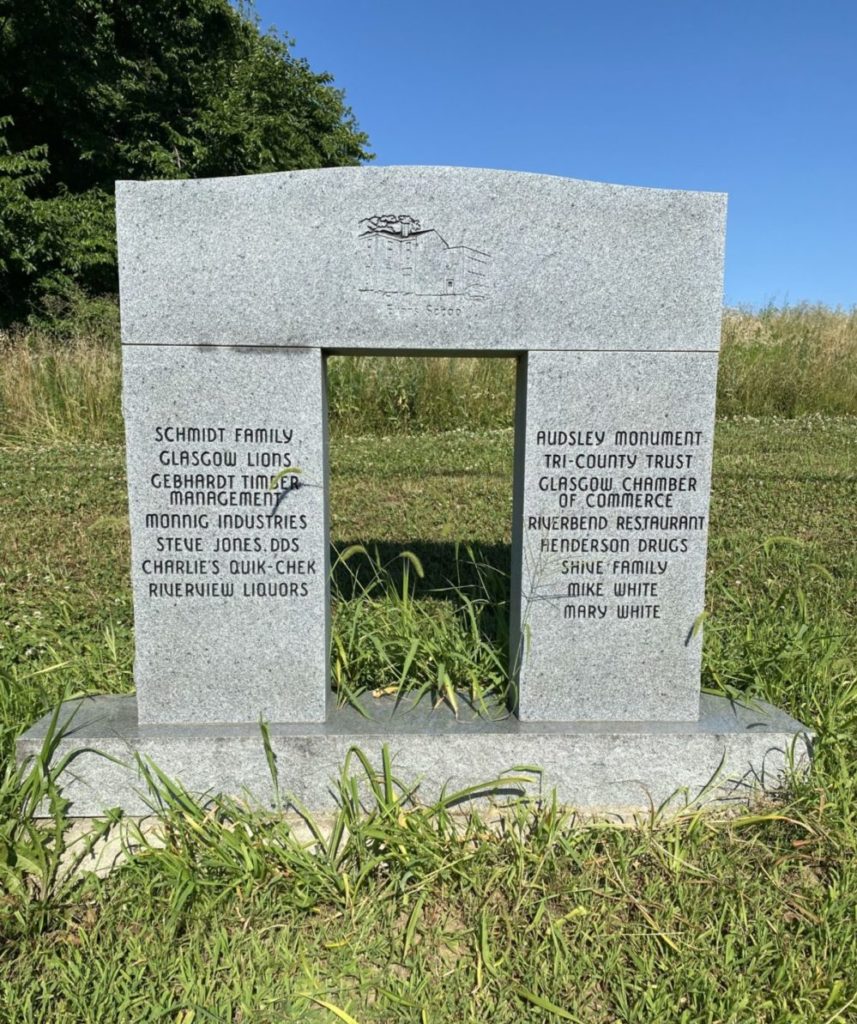
At your next immediate right, you arrive at Washington Cemetery. Take a walk around the cemetery to see the plots and graves of the many Glasgow founding families.
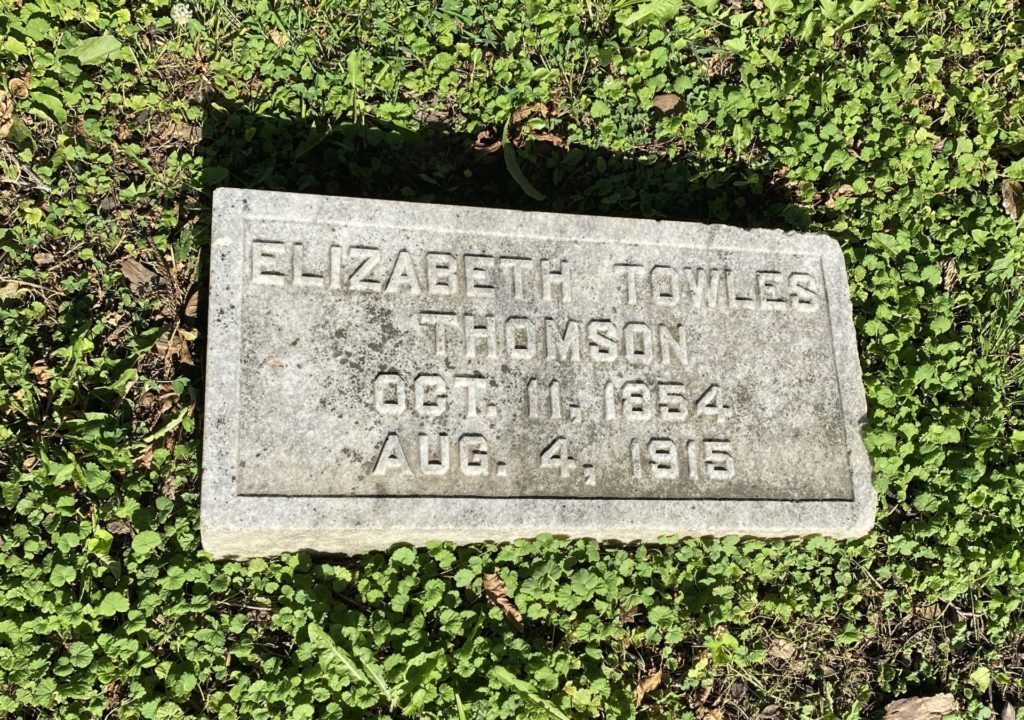
Stop number 5 on the tour is Campbell Chapel A.M.E. Church, one of the first African American churches still standing at the corner of Sixth and Commerce streets. Built in 1865, the small one-story, vernacular brick building displays unique Greek Revival architectural design. The inside of the church is all original and contains beautiful carpentry and woodwork through the sanctuary. The church continues to maintain full operation with an active congregation and members throughout the region.
As you take a left onto 4th Street at the Glasgow Community Museum, you will see the Methodist Chapel and Parsonage on the left before reaching the First Methodist Church and Lewis Library on the end corners of the block at Market. During the Battle of Glasgow in 1864, the church served as a hospital, mending soldiers from both sides of the Civil War battlefield, which was soon to near its end in 1865.
Head right, down Market St., and soon you will be in the heart of downtown Glasgow in full view of the Missouri River. The Henderson Drug Store (1841) on the left is also an old fashioned fountain shop, and is the oldest sixth generation family drug store west of the Mississippi River.
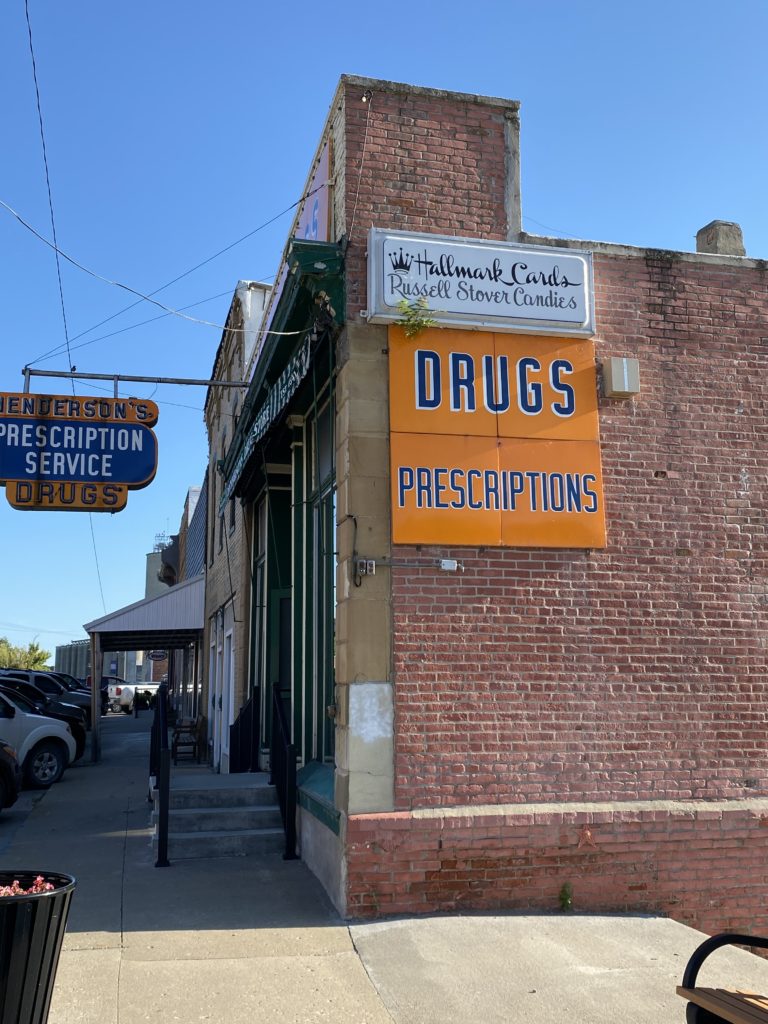
Across the street from Henderson’s is Glasgow City Hall, once a former bank. Go straight through the intersection toward the gem of Glasgow – the Overlook – and take in views of the World’s First Steel Bridge built in 1879.
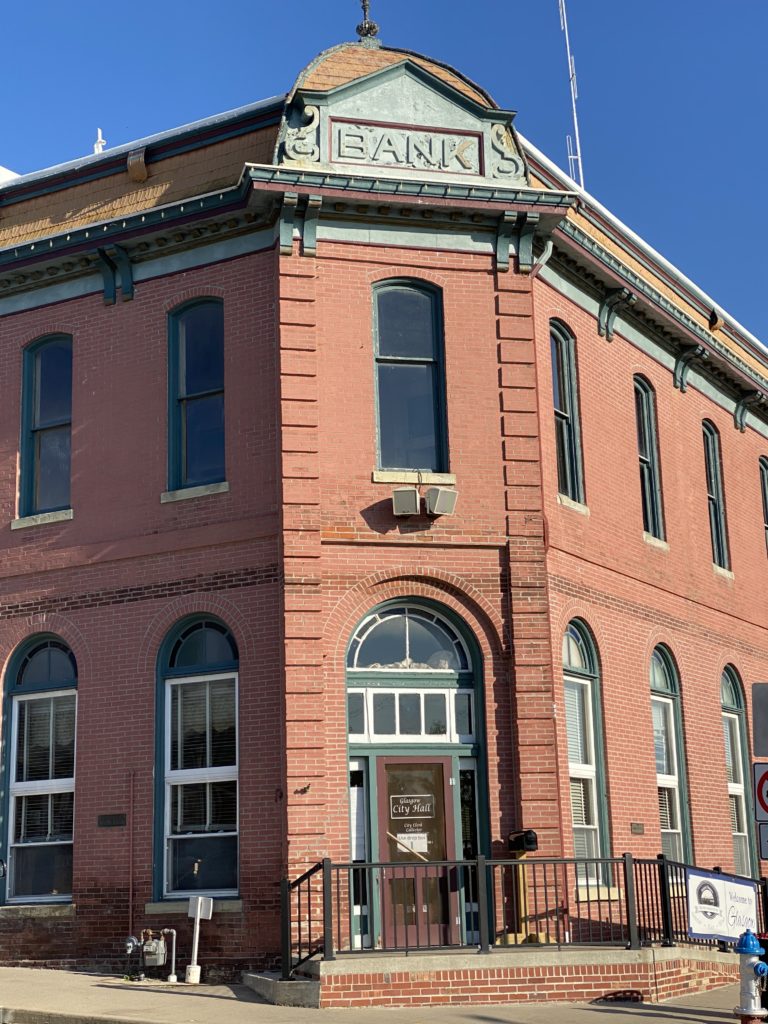
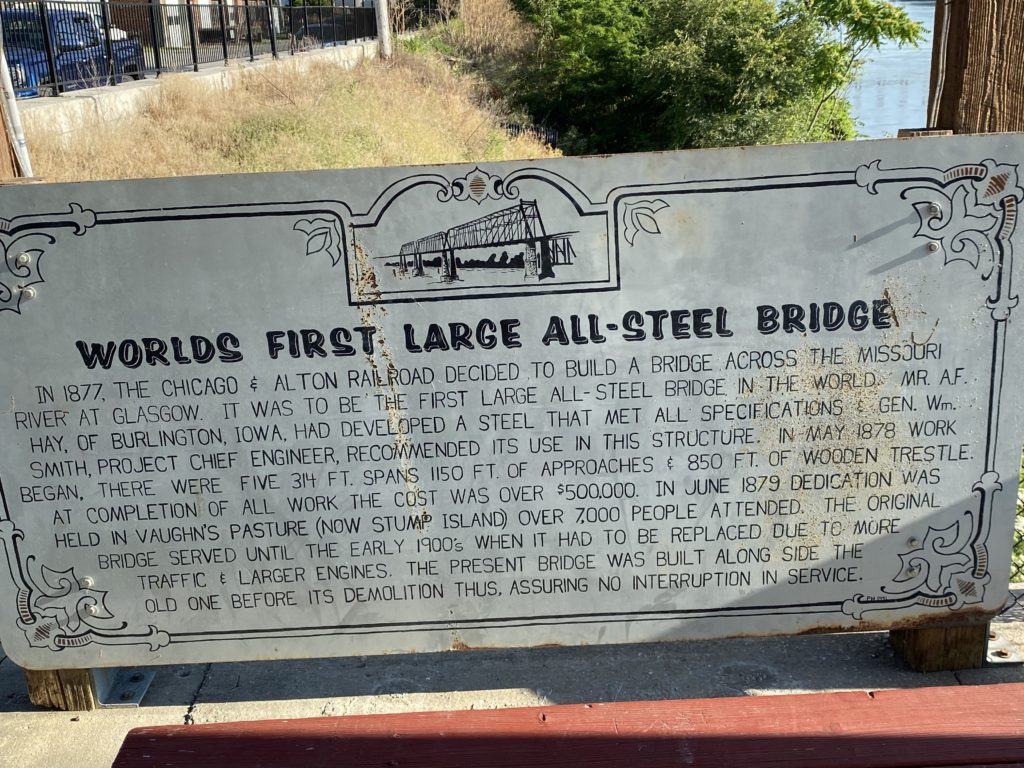
Stand at the overlook to see the sharpest bend in the Mo’ River to your right and snap photos of the bridge to the left. Take a moment to read about “The Minnie” and Band Stand memorial markers dedicated to fallen members of the Civil War, WW I & II, Vietnam and Korean Wars.
Head down Water St. to the stop sign and see the Lewis & Clark Trail Marker on your right.
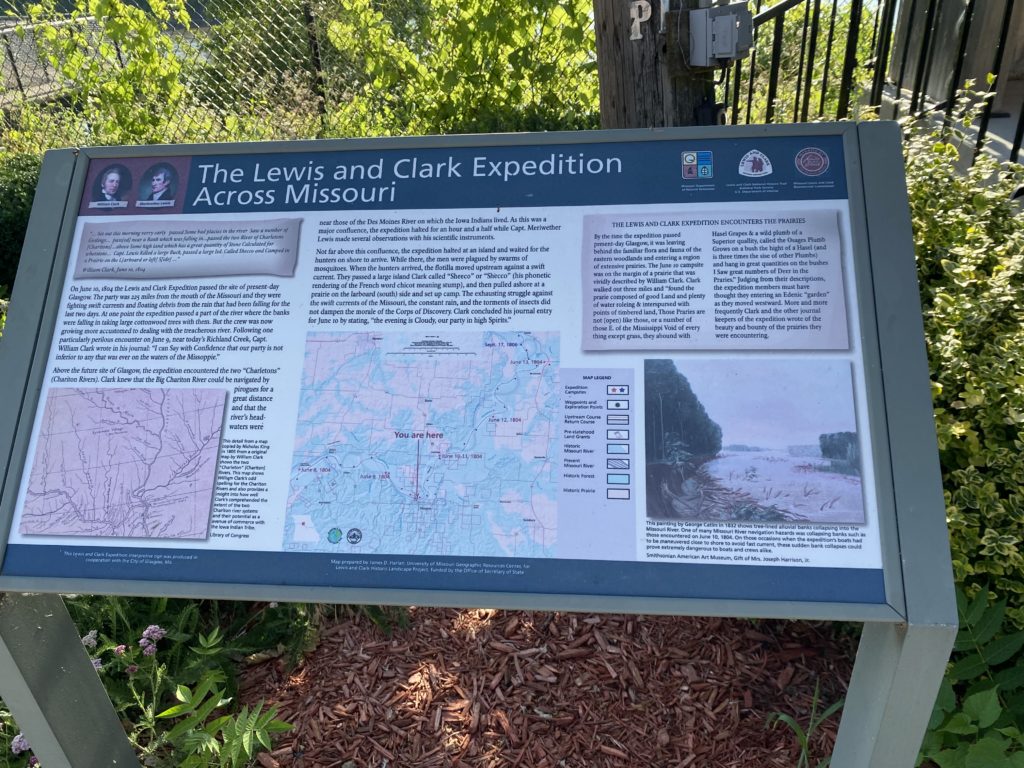
Pull over to the side before the railroad tracks and walk up the dirt road to the left to find the secret “Hand in the wall”. They say this was a secret speakeasy symbol during prohibition and that a room is still hidden within that hillside today!
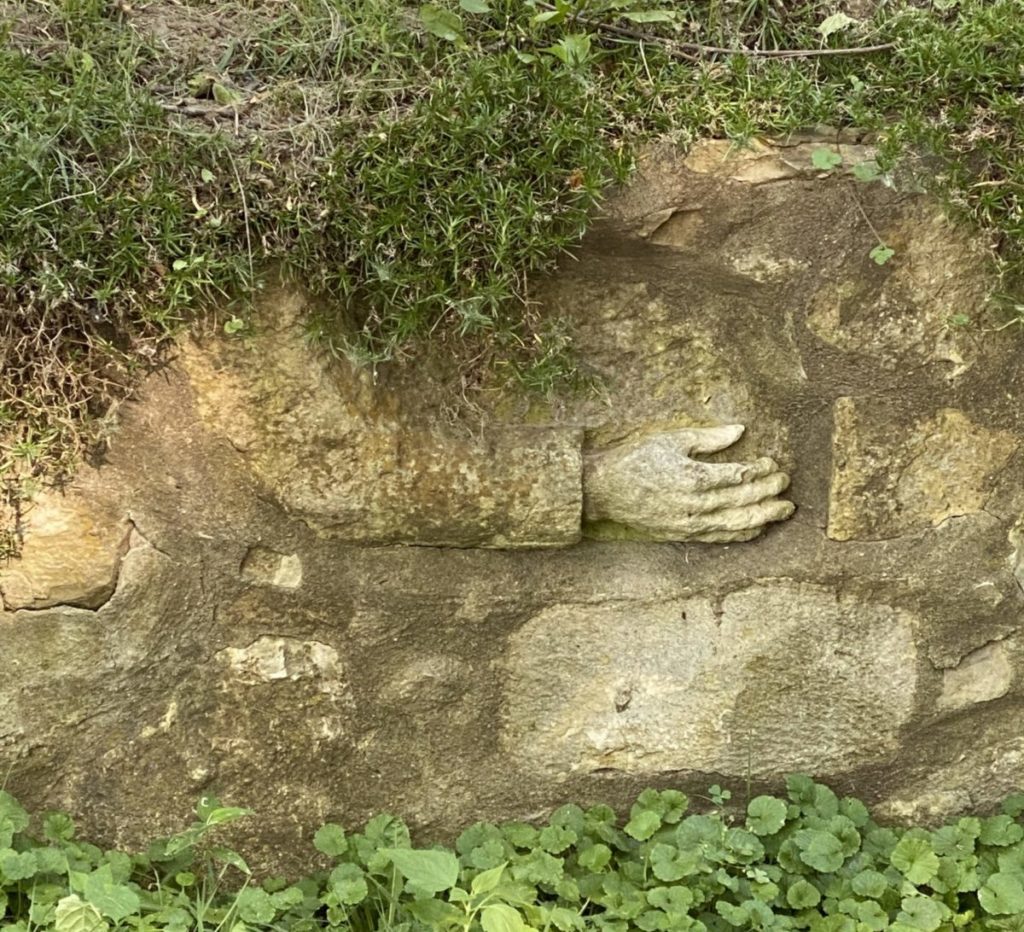
Continue on up Water St. and veering left before the railroad tracks to end the tour at the Glasgow Train Depot. Glasgow was full of underground tunnels and secret rooms. Ferries came in from the river and there are tales today that tunnels exist under the town traveling all the way back to Karbelle Mansion.
